- Historic-Sites-Guide-1.jpg
- Historic-Sites-Guide-2.jpg
- Historic-Sites-Guide-3.jpg
- Historic-Sites-Guide-4.jpg
- Historic-Sites-Guide-5.jpg
- Historic-Sites-Guide-7.JPG
- Historic-Sites-Guide-9.jpg
- Historic-Sites-Guide-10.jpg
- Historic-Sites-Guide-11.jpg
- Historic-Sites-Guide-12.jpg
- Historic-Sites-Guide-13.jpg
- Historic-Sites-Guide-14.jpg
- Historic-Sites-Guide-15.JPG
- Historic-Sites-Guide-16.jpg
- Historic-Sites-Guide-17.jpg
- Historic-Sites-Guide-18.JPG
- Historic-Sites-Guide-20.JPG
- Historic-Sites-Guide-19.jpg
- Historic-Sites-Guide-23.JPG
- Historic-Sites-Guide-31.JPG
- Historic-Sites-Guide-32.JPG
- Historic-Sites-Guide-36.JPG
- Historic-Sites-Guide-37.JPG
- Historic-Sites-Guide-43.JPG
- Historic-Sites-Guide-44.JPG
- Historic-Sites-Guide-45.JPG
- Historic-Sites-Guide-46.JPG
- Historic-Sites-Guide-47.JPG
- Historic-Sites-Guide-39.JPG
- Historic-Sites-Guide-52.jpg
- Historic-Sites-Guide-53.jpg
- Historic-Sites-Guide-49.jpg
- Historic-Sites-Guide-59.jpg
- Historic-Sites-Guide-61.jpg
| Temple Square is always beautiful in the springtime. Gardeners work to prepare the ground for General Conference. © 2012 Intellectual Reserve, Inc. All rights reserved. | 1 / 2 |
This story appears here courtesy of TheChurchNews.com. It is not for use by other media.
By Trent Toone, Church News
The Church of Jesus Christ of Latter-day Saints makes a substantial commitment to historic sites because of “the importance of remembering,” Elder Steven E. Snow said at the 2016 Seminar for New Missionary Training Center Presidents and Directors of Visitors’ Centers and Historic Sites.
“Our Heavenly Father is desirous we remember,” said Elder Snow, now an emeritus General Authority Seventy who served as Church historian and recorder and executive director of the Church History Department from 2012 to 2019.
As Latter-day Saints prepare to study the Doctrine and Covenants with “Come, Follow Me” in 2025, the Church News has compiled a list of the Church’s historic sites of the Restoration to help enhance gospel study for individuals and families.
Historic sites pages on ChurchofJesusChrist.org provided information for this article.
New York
The Restoration began in Palmyra, New York, where several historic events occurred.
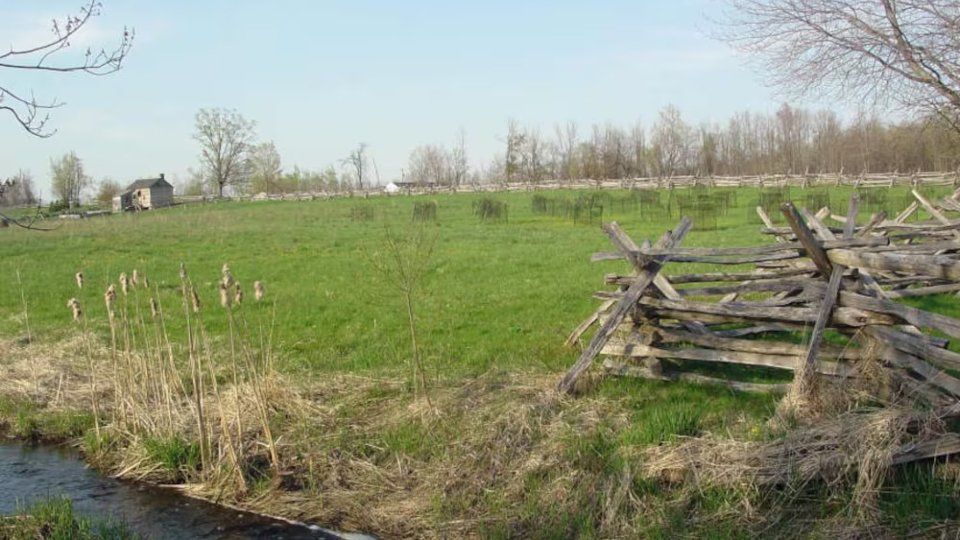
Historic-Sites-Guide-2.jpg
The Joseph Smith Sr. family farm is near the Sacred Grove. Photo by Kenneth Mays, courtesy of Church News.All rights reserved.Sacred Grove: In the spring of 1820, 14-year-old Joseph Smith determined to pray and ask God which church he should join. He went into a peaceful forest near the Smith family home and knelt to pray. In answer to his prayer, Joseph was visited by Heavenly Father and Jesus Christ. This foundational event, known as the First Vision, led to the organization of The Church of Jesus Christ of Latter-day Saints in 1830. Today the faith has more than 17 million members worldwide.
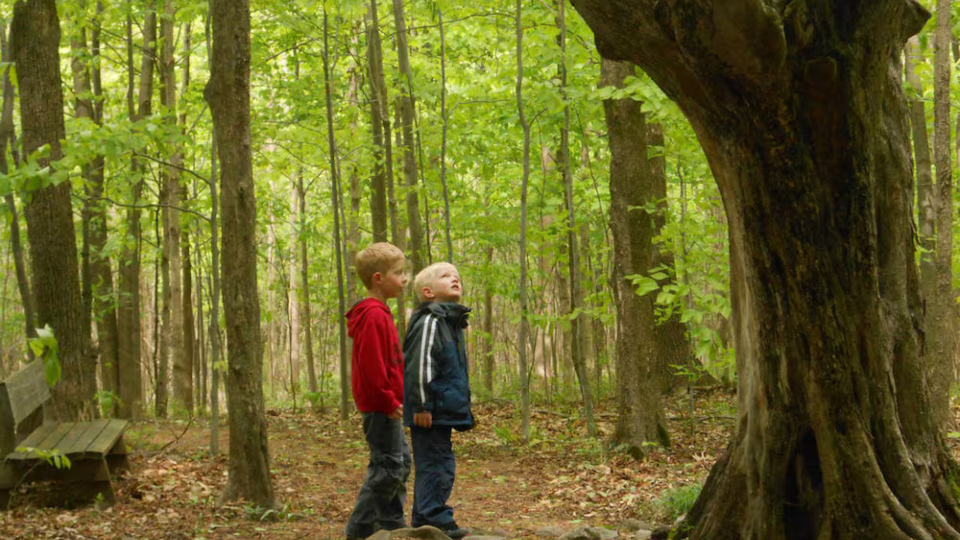
Historic-Sites-Guide-3.jpg
Cramion Poulson, 7, and Caelden Poulson, 5, wander among the trees in the Sacred Grove near Palmyra, N.Y., in 2014. Photo provided by the Hill Cumorah Visitors' Center, courtesy of Church News.All rights reserved.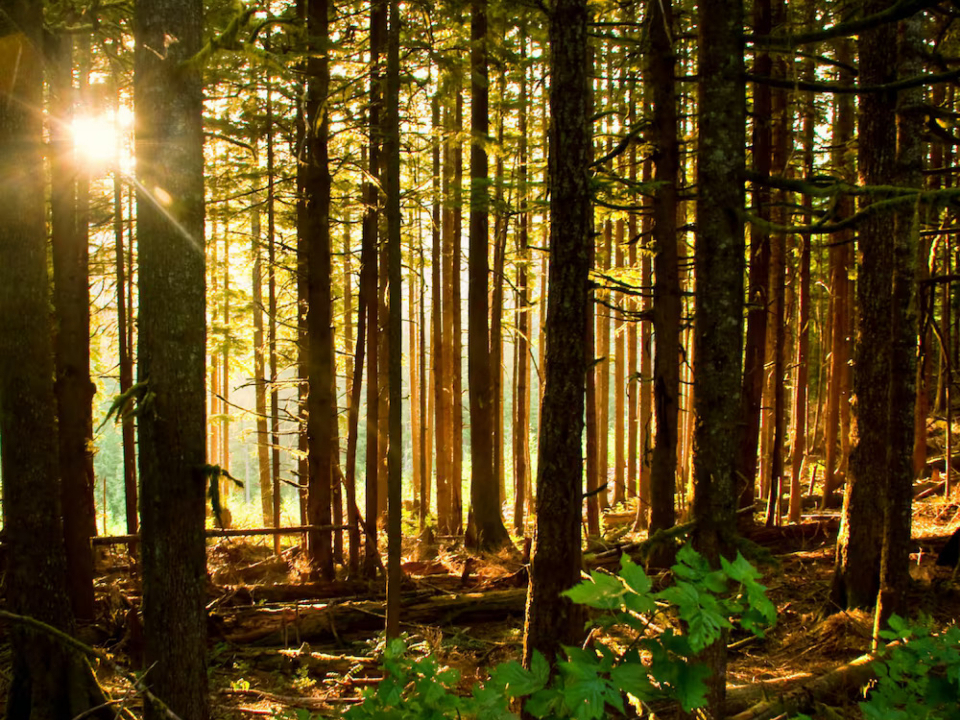
Historic-Sites-Guide-4.jpg
A view of the Sacred Grove near the Joseph Smith family farm in Palmyra, New York. In 1820, 14-year-old Joseph Smith prayed for heavenly guidance in the grove and saw Heavenly Father and Jesus Christ.Visitors are welcome to walk paths through the Sacred Grove and ponder what took place there.
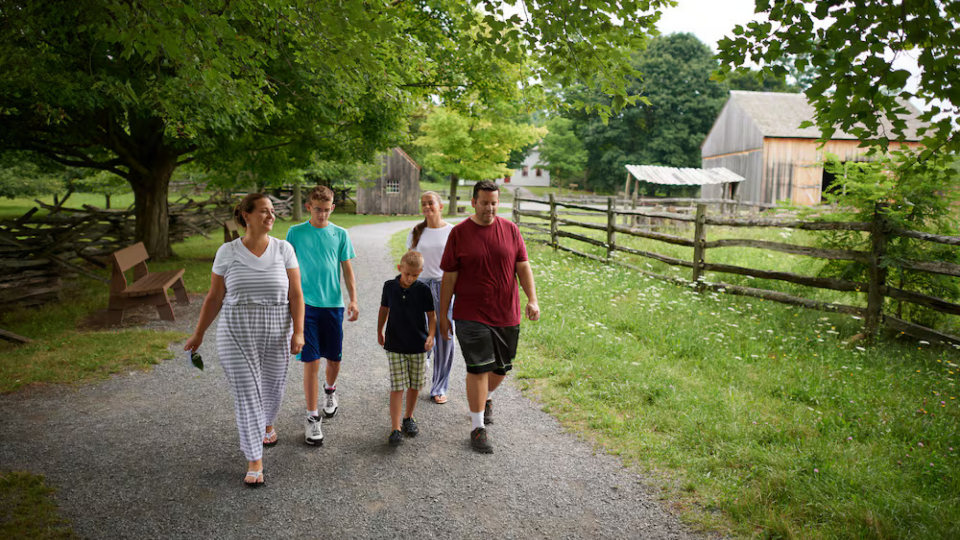
Historic-Sites-Guide-5.jpg
A family walks near the Smith Family Farm at the Sacred Grove historic site in Palmyra, New York, in August 2018.Smith family farm and log home: Several founding events in Church history took place on the Smith Family Farm. On September 21, 1823, the angel Moroni first visited Joseph Smith in the family’s small log home. Four years later, Joseph and his wife, Emma, lived in the larger Smith family home with his family when he received the gold plates. Eight individuals, now known as the Eight Witnesses of the Book of Mormon, were shown the gold plates while visiting the Smith family farm in the summer of 1829.
Today visitors can tour both homes, see historical artifacts and learn more about life for the Smith family during this historic period.
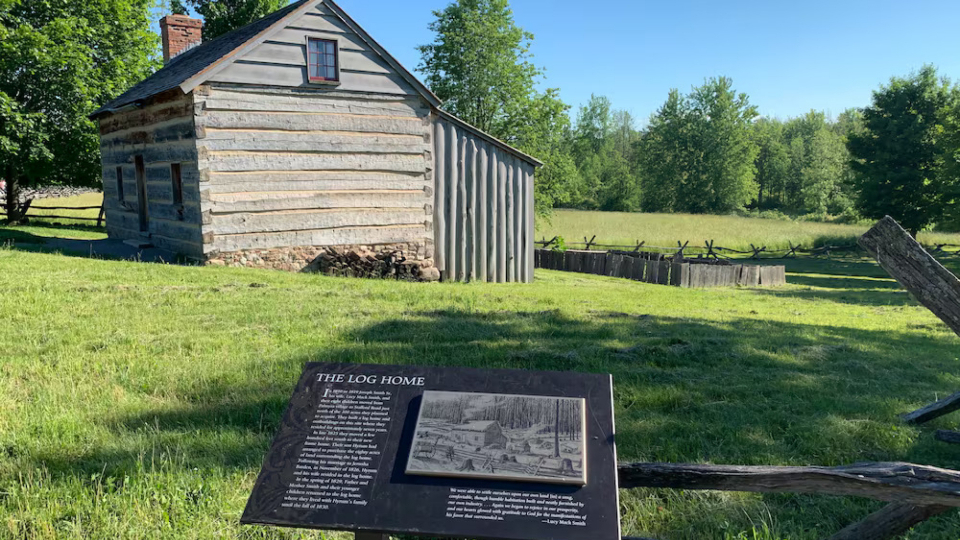
Historic-Sites-Guide-6.jpg
The Smith family log home in Palmyra, New York, is pictured in June 2021. On September 21, 1823, the angel Moroni first visited Joseph Smith in the family’s small log home. Photo by Trent Toone, courtesy of Church News.Copyright 2024 Deseret News Publishing Company.Hill Cumorah: Located just three miles from the Smith family farm, the Hill Cumorah is where the angel Moroni appeared to Joseph Smith on September 22 each year from 1823 to 1827 and prepared him to receive the gold plates in 1827. Joseph translated the writing on the plates to bring forth the Book of Mormon.
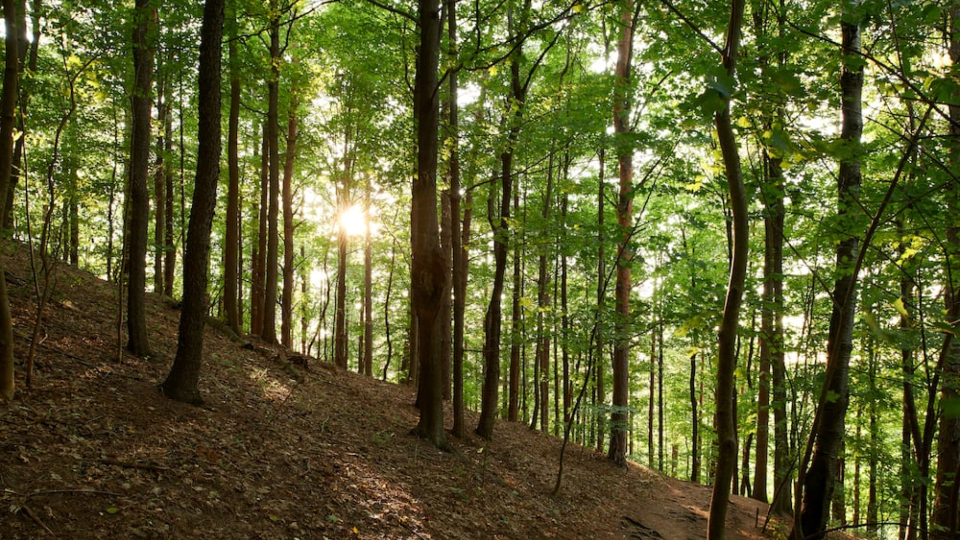
Historic-Sites-Guide-7.JPG
The Hill Cumorah in Palmyra, New York, is pictured on August 4, 2018. The Hill Cumorah is where Joseph Smith met annually with the angel Moroni from 1823 to 1827 and received the gold plates.Today the historic site includes trails to a monument at the top of the hill. A visitors’ center features exhibits and historical artifacts. The Church is also in the process of a reforestation project at the historic location.
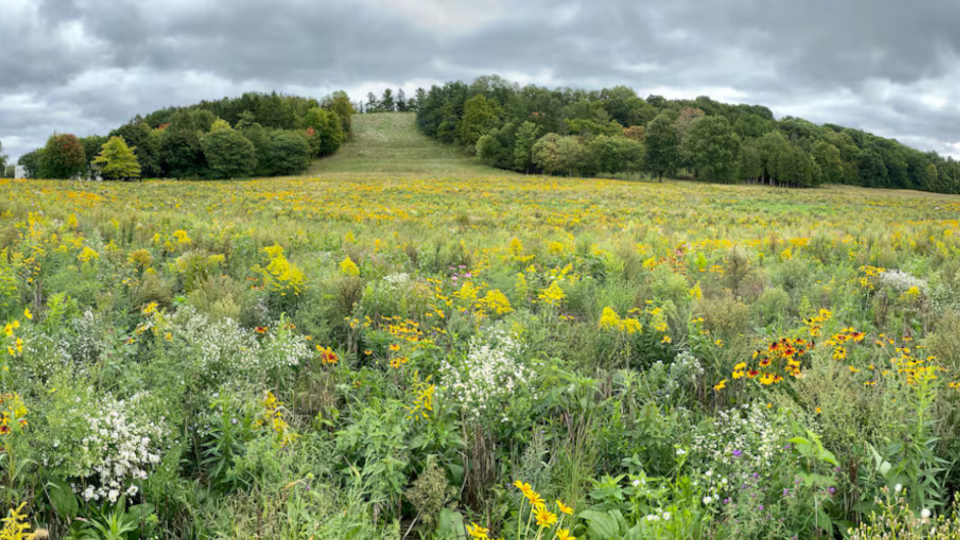
Historic-Sites-Guide-8.jpg
New meadow grasses and tree seeds have been planted on and around the Hill Cumorah in Manchester, New York.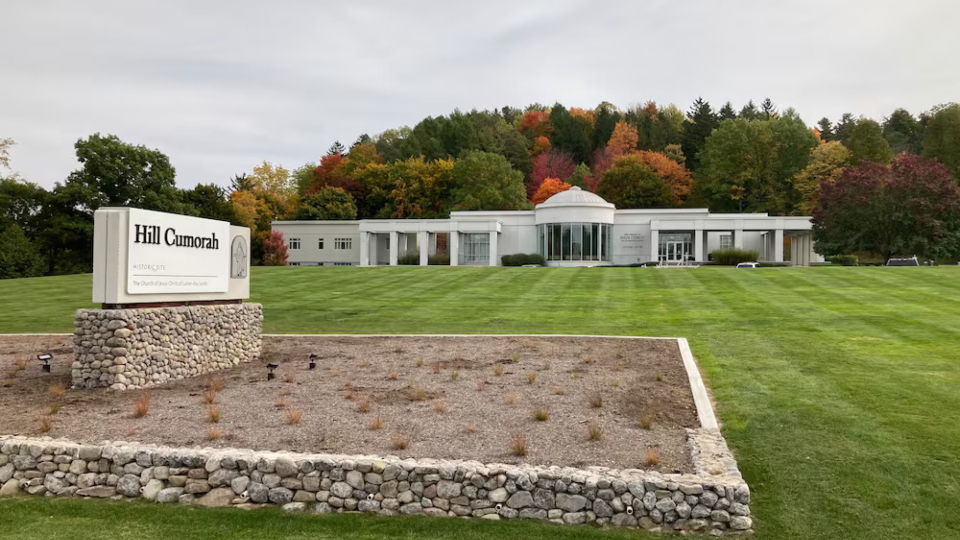
Historic-Sites-Guide-9.jpg
A new Hill Cumorah monument sign has been constructed in New York.E.B. Grandin Printshop: Originally a Palmyra printshop owned by Egbert B. Grandin, this is where the first edition of the Book of Mormon was printed and bound in 1829 and 1830.
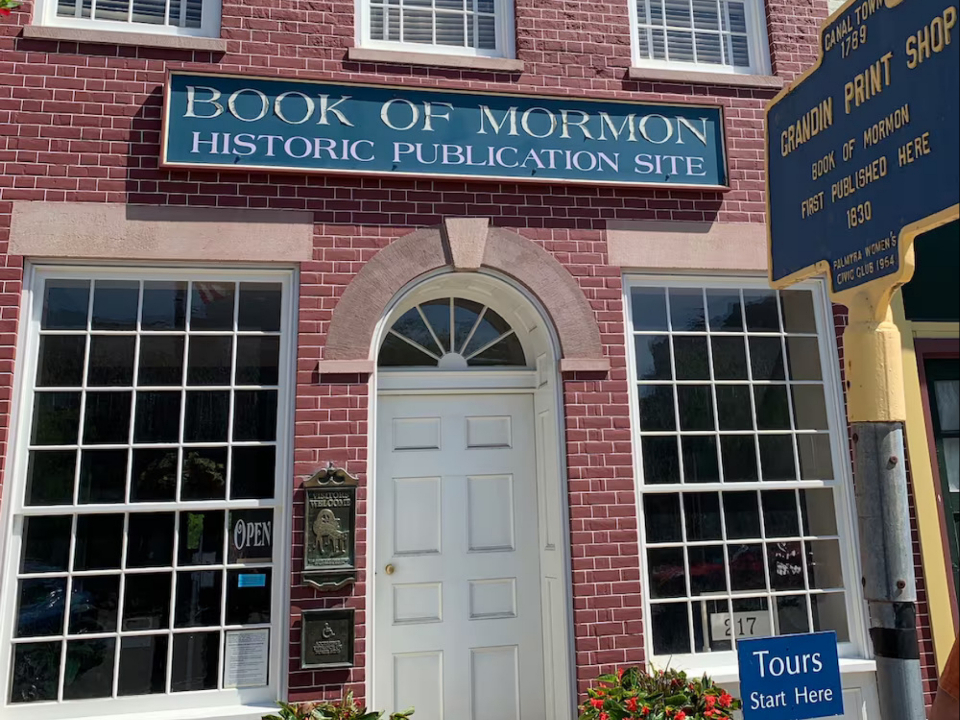
Historic-Sites-Guide-10.jpg
The Grandin Printshop in Palmyra, New York, is the place where the first copies of the Book of Mormon were printed and bound in 1829 and 1830. Photo by Trent Toone, courtesy of Church News.Copyright 2024 Deseret News Publishing Company.The building now functions as a visitors’ center where missionaries provide tours and share insights into the publication process of the Book of Mormon.
Whitmer Farm: In 1829, Peter and Mary Whitmer allowed Joseph Smith and Oliver Cowdery to live in the Whitmer home, located near Fayette, New York, so they could complete the translation of the Book of Mormon. The Whitmer farm is where the angel Moroni showed Cowdery, David Whitmer and Martin Harris — the Three Witnesses — the gold plates from which the Book of Mormon was translated. The Church was organized in the Whitmer home under the direction of Joseph Smith on April 6, 1830.
Today visitors can see a reconstructed log home and a visitors’ center with artifacts and other displays.
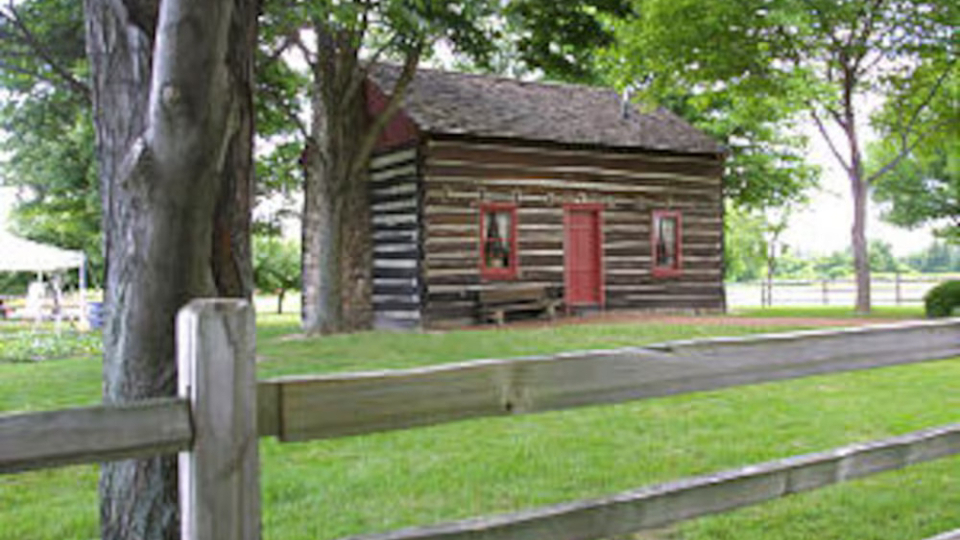
Historic-Sites-Guide-11.jpg
The Peter Whitmer farm is pictured in Fayette, New York, in July 2001. Photo by Tom Smart, courtesy of Church News.Copyright 2024 Deseret News Publishing Company.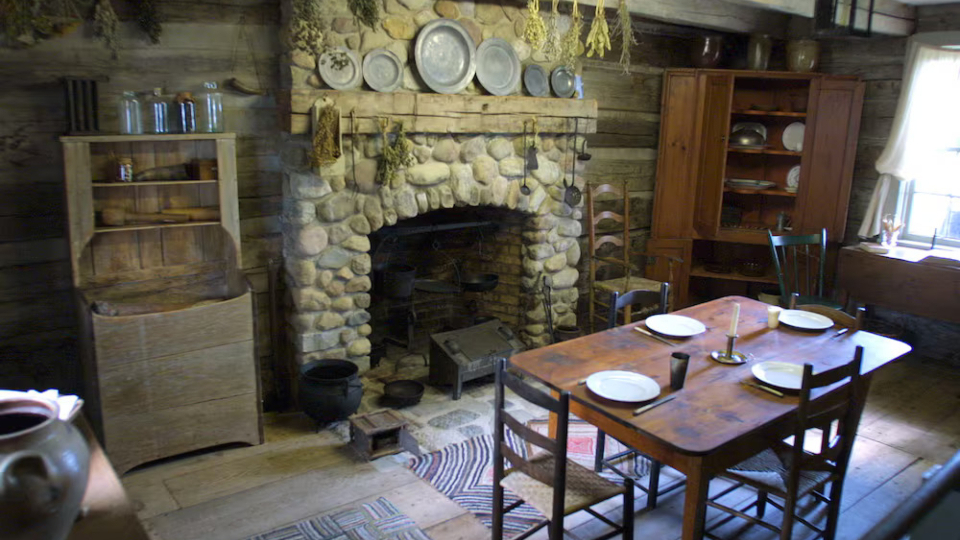
Historic-Sites-Guide-12.jpg
An interior view of the Peter Whitmer farm in Fayette, New York, in July, 2001. Photo by Tom Smart, courtesy of Church News.Copyright 2024 Deseret News Publishing Company.Pennsylvania
Priesthood Restoration Site: Located in Oakland Township, Pennsylvania, this is where Joseph Smith lived with his wife, Emma, and translated most of the Book of Mormon. Known as Harmony in the early 1800s, this is also where Emma grew to adulthood. John the Baptist appeared to Joseph and Oliver Cowdery in a nearby forest and restored the Aaronic Priesthood to the earth, then the two men baptized each other in the Susquehanna River. Later, biblical apostles Peter, James and John restored the Melchizedek Priesthood to the earth.
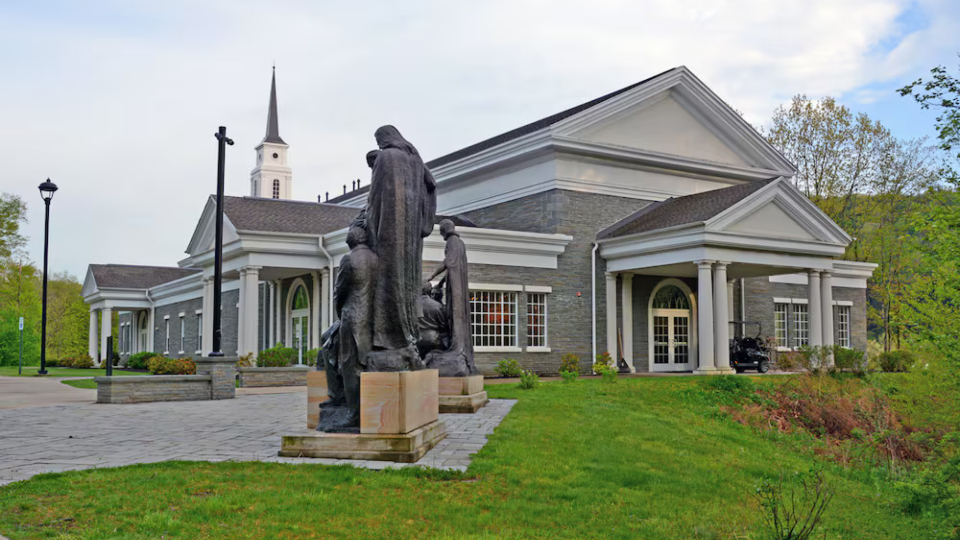
Historic-Sites-Guide-13.jpg
The visitors center, shown in 2022, at the Priesthood Restoration Site in Oakland Township, Susquehanna, Pennsylvania. Photo by Kenneth Mays, courtesy of Church News.All rights reserved.Today the Priesthood Restoration Site features historic landscapes, three monuments, two reconstructed homes and a visitors’ center with artifacts and exhibits. Visitors can also see where Joseph and Emma buried their first child, as well as where Emma’s parents are buried.
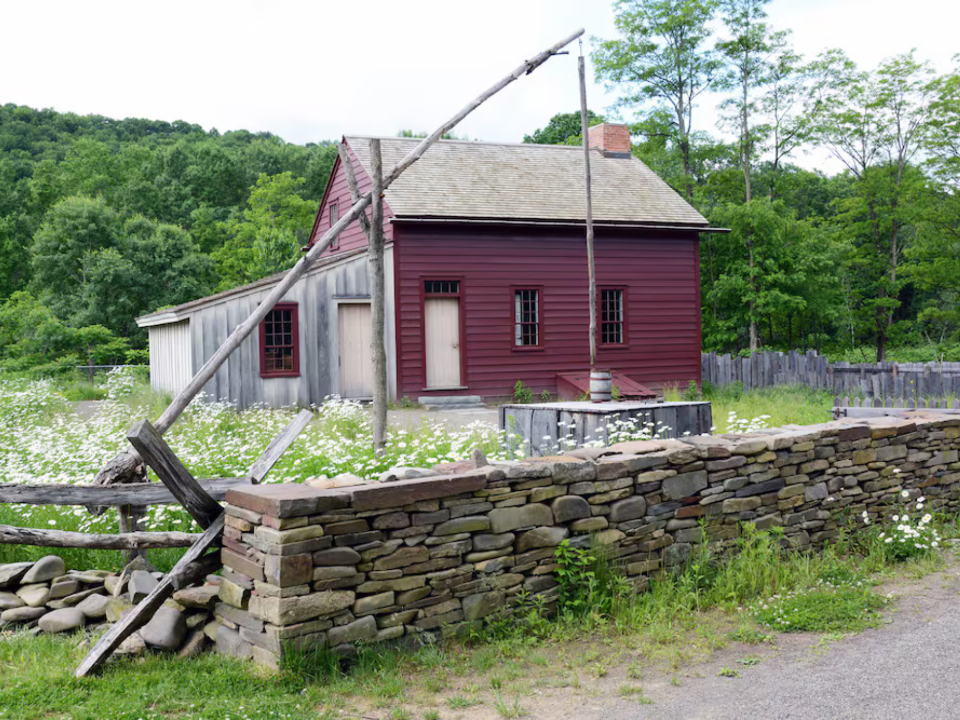
Historic-Sites-Guide-14.jpg
The rebuilt home of Joseph and Emma Smith at the Priesthood Restoration Site, Oakland Township (previously Harmony), Pennsylvania, in 2018 while the daisies are in bloom. It's one of the places Joseph and Emma Smith lived and where most of the Book of Mormon was translated. Photo by Kenneth Mays, courtesy of Church News.All rights reserved.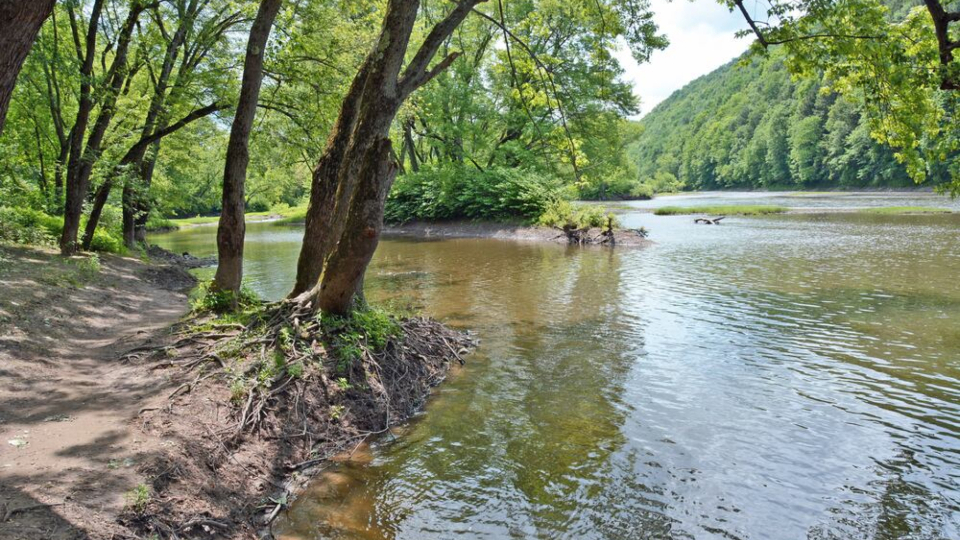
Historic-Sites-Guide-15.JPG
The Susquehanna River, shown in 2018, near the Priesthood Restoration Site in Oakland Township, Susquehanna, Pennsylvania. Photo by Kenneth Mays, courtesy of Church News.All rights reserved.Ohio
In early 1831, the Lord commanded Latter-day Saints to go to Ohio, where they would receive His law, be endowed with power from on high and prepare to share His gospel among all nations (see Doctrine and Covenants 38:32-33). Located about 23 miles east of Cleveland, Ohio, Kirtland was a gathering place of the Saints for the next seven years. They built the Church’s first temple in Kirtland, and Joseph Smith received many revelations found in the Doctrine and Covenants.
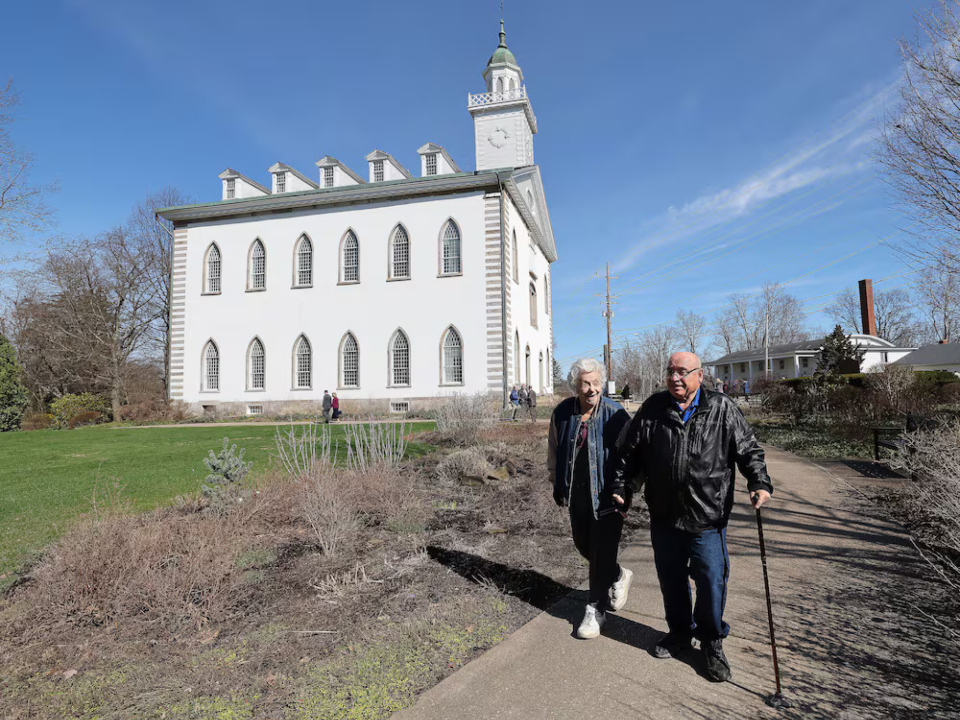
Historic-Sites-Guide-16.jpg
Alan and Sandy Jones walk the grounds of the Kirtland Temple in Kirtland, Ohio, on Monday, March 25, 2024. Photo by Jeffrey D. Allred, courtesy of Church News.Copyright 2024 Deseret News Publishing Company.Historic Kirtland: The Church created a village in Kirtland that features several historic structures, including the Newel K. Whitney store, the Newel and Ann Whitney home, the Johnson Inn, a schoolhouse, a sawmill and an ashery. President Gordon B. Hinckley dedicated Historic Kirtland on May 18, 2003. Tours and exhibits are available year-round.
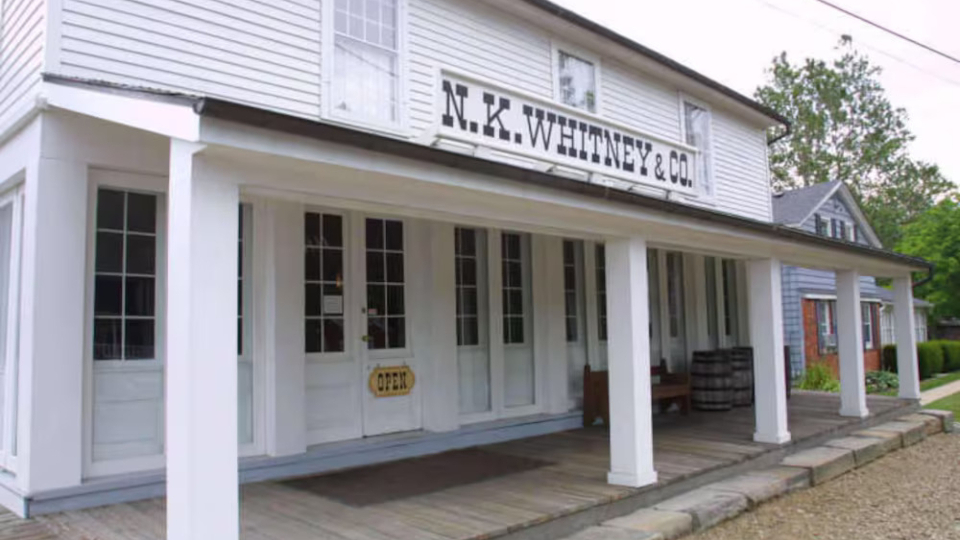
Historic-Sites-Guide-17.jpg
The Newel K. Whitney store is pictured in Kirtland, Ohio. Photo by Tom Smart, courtesy of Church News.Copyright 2024 Deseret News Publishing Company.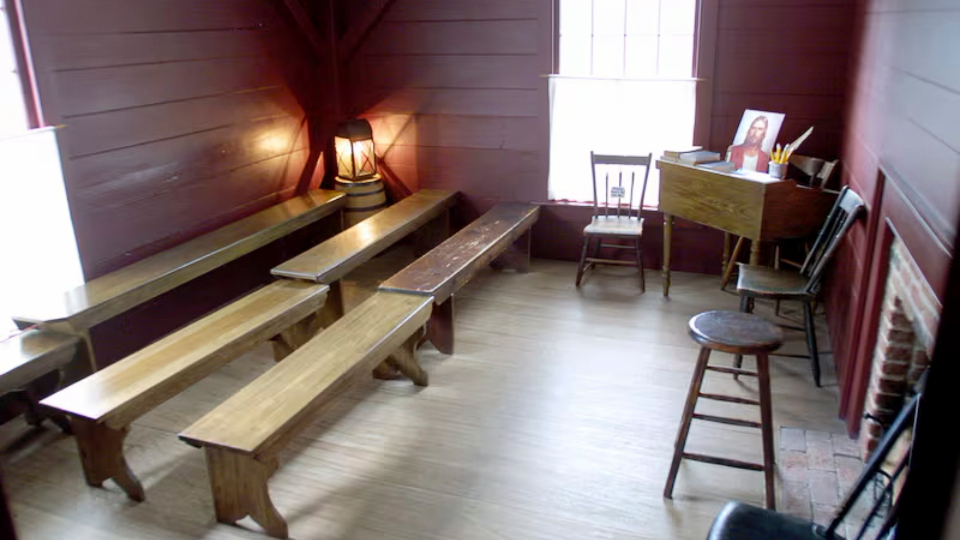
Historic-Sites-Guide-18.JPG
A view of the upstairs room in the Newel K. Whitney store where School of the Prophets was held in Kirtland, Ohio. Photo by Tom Smart, courtesy of Church News.Copyright 2024 Deseret News Publishing Company.Kirtland Temple: The Church’s first temple of this dispensation was dedicated on March 27, 1836 (see section 109). Among many sacred and spiritual historic events associated with the temple, Joseph Smith received revelations recorded in the Doctrine and Covenants (sections 95 and 137), and on Easter Sunday, April 3, 1836, he and Oliver Cowdery saw Jesus Christ and were visited by Moses, Elias and Elijah (see section 110).
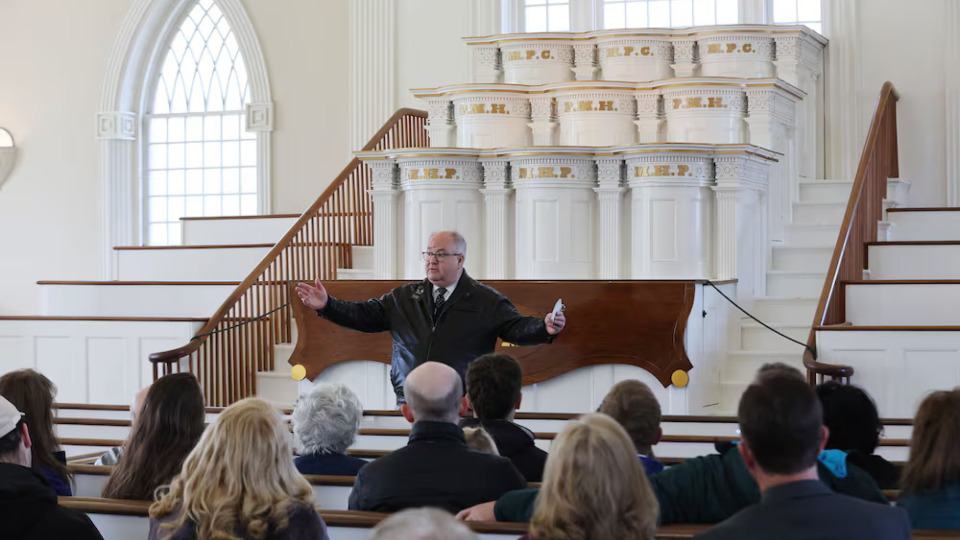
In March 2024, the Church acquired the Kirtland Temple and other historic properties and artifacts from Community of Christ. Public tours began later the same month.
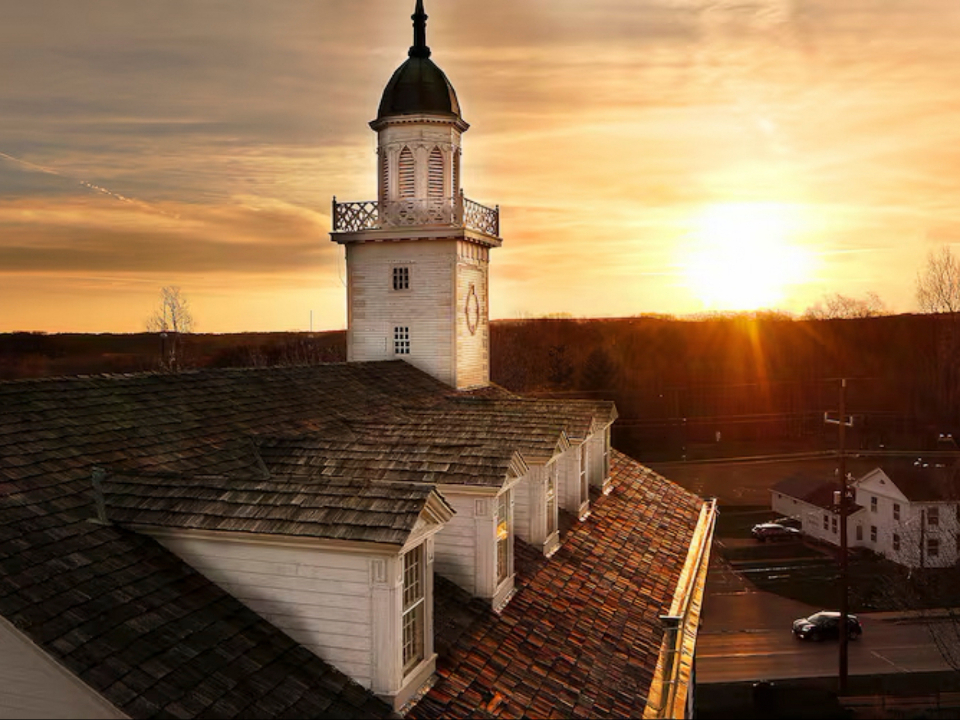
Historic-Sites-Guide-20.JPG
The sun rises on the Kirtland Temple in Kirtland, Ohio, on Monday, March 25, 2024. Photo by Jeffrey D. Allred, courtesy of Church News.Copyright 2024 Deseret News Publishing Company.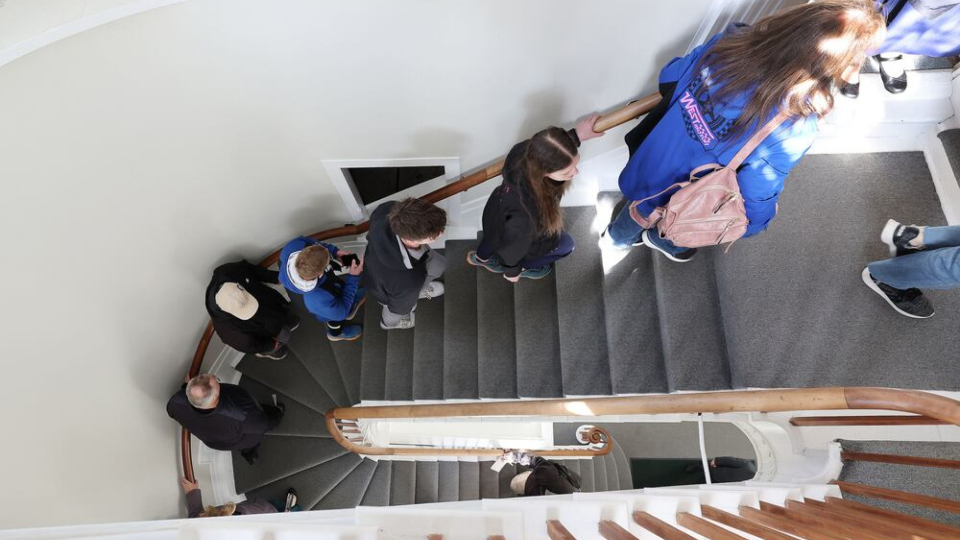
Historic-Sites-Guide-21.JPG
The first tour is given of the Kirtland Temple in Kirtland, Ohio, on Monday, March 25, 2024. Photo by Jeffrey D. Allred, courtesy of Church News.Copyright 2024 Deseret News Publishing Company.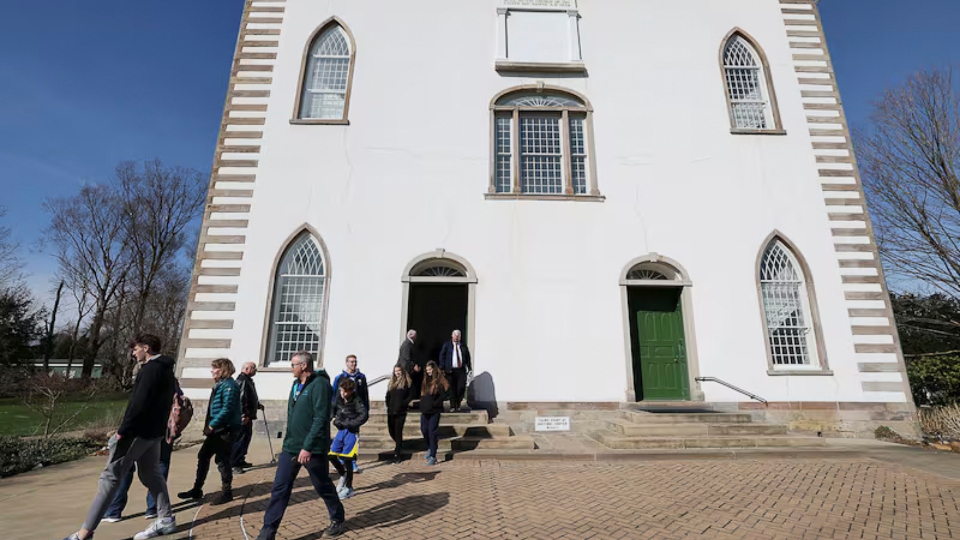
Historic-Sites-Guide-22.JPG
The first tour is given of the Kirtland Temple in Kirtland, Ohio, on Monday, March 25, 2024. Photo by Jeffrey D. Allred, courtesy of Church News.Copyright 2024 Deseret News Publishing Company.Joseph and Emma Smith Home: The home where Joseph and Emma Smith lived together and reared their family longer than any other place prior to his death was dedicated by Elder David A. Bednar of the Quorum of the Twelve Apostles on August 26, 2023. The new historic site, located a short walk from the Kirtland Temple, features artifacts and displays. Tours are available.
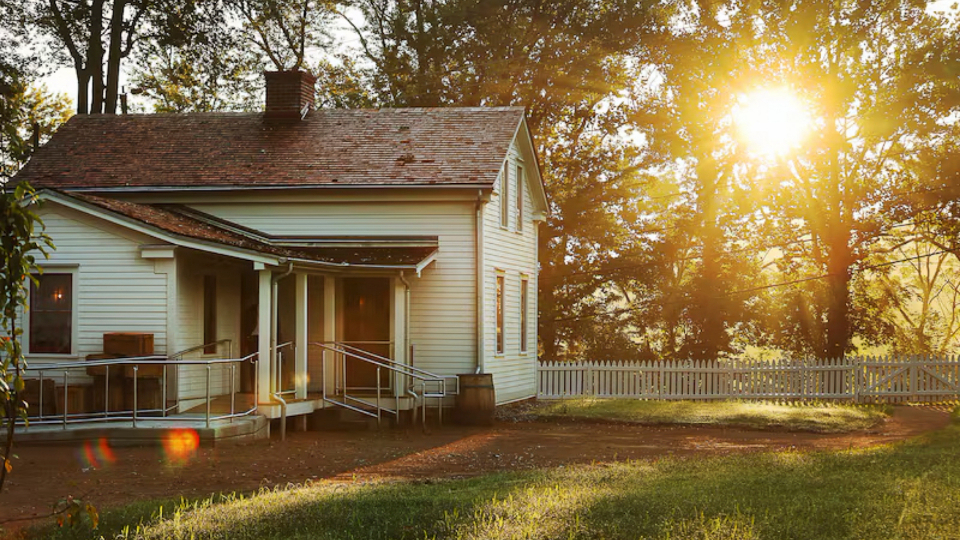
Historic-Sites-Guide-23.JPG
The sun rises on the Joseph and Emma Smith home in Kirtland, Ohio on Saturday, August 26, 2023. Photo by Jeffrey D. Allred, courtesy of Church News.Copyright 2024 Deseret News Publishing Company.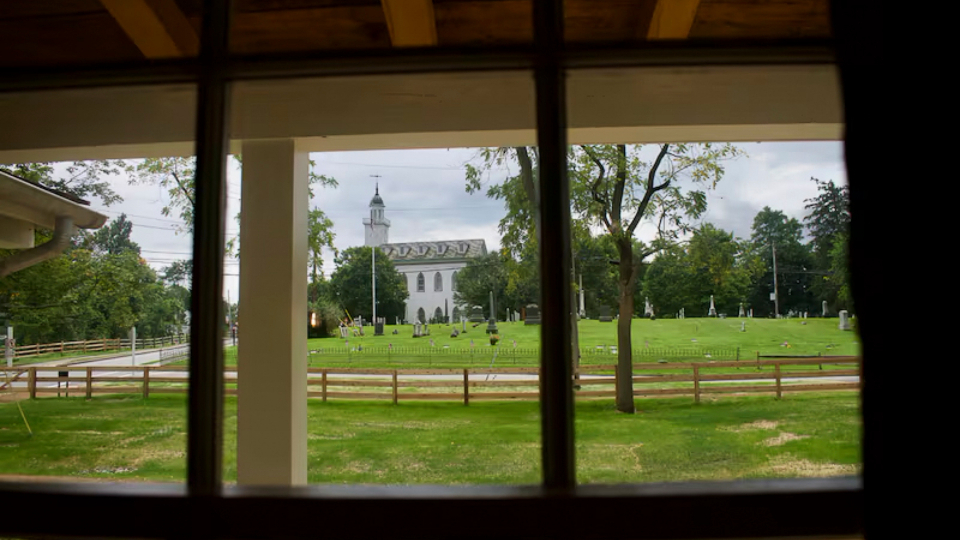
Historic-Sites-Guide-24.JPG
The Kirtland Ohio Temple is seen through a window of the Joseph and Emma Smith home in August 2023.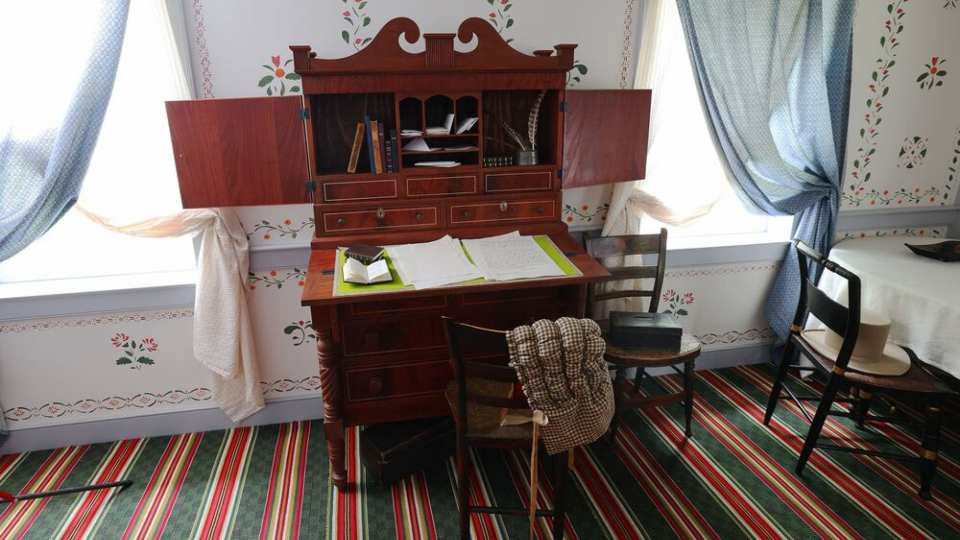
Historic-Sites-Guide-25.jpg
A desk in the Joseph and Emma Smith home in Kirtland, Ohio, on Saturday, August 26, 2023. Photo by Jeffrey D. Allred, courtesy of Church News.Copyright 2024 Deseret News Publishing Company.Morley Farm: Joseph Smith received 13 revelations while living in a home at the farm of Isaac and Lucy Morley from March to September 1831. The home that now stands on the property is not open to the public, and it is not the home where the Morleys or the Smiths lived. However, visitors can walk on a short uphill trail to a place where a group of Latter-day Saints once gathered in a schoolhouse and Joseph Smith prophesied about the future growth of the Church.
Johnson Home: Joseph Smith received 16 revelations, including Doctrine and Covenants 76, while he and Emma lived in the home of John and Elsa Johnson, which is located 25 miles southeast of Kirtland. This is also where a group of men broke into the home one night and carried Joseph away to be tarred and feathered. Despite the physical abuse he endured, Joseph recovered to preach a sermon the following day. The home is available for tours.
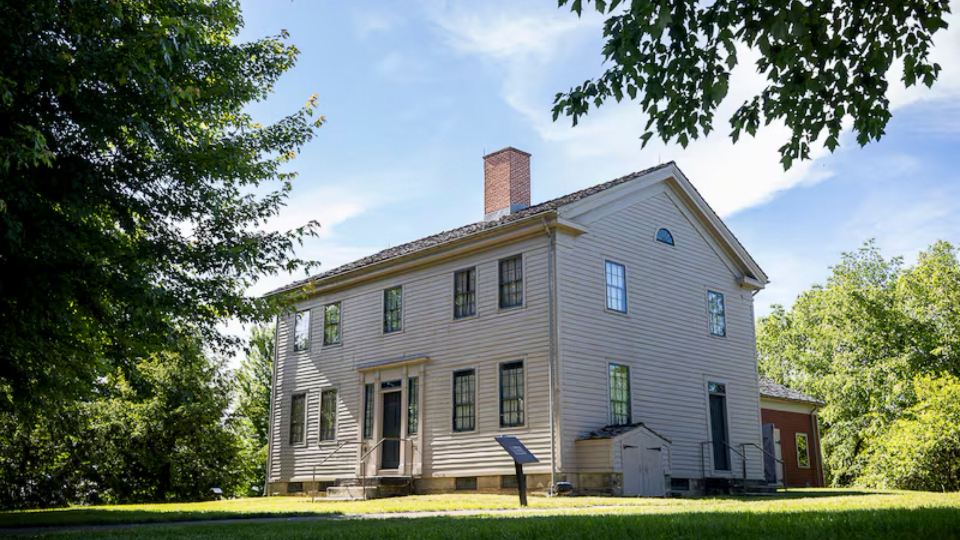
Historic-Sites-Guide-26.JPG
The Historic John Johnson Farm stands in Hiram, Ohio, on Saturday, June 15, 2024. Photo by Isaac Hale, courtesy of Church News.Copyright 2024 Deseret News Publishing Company.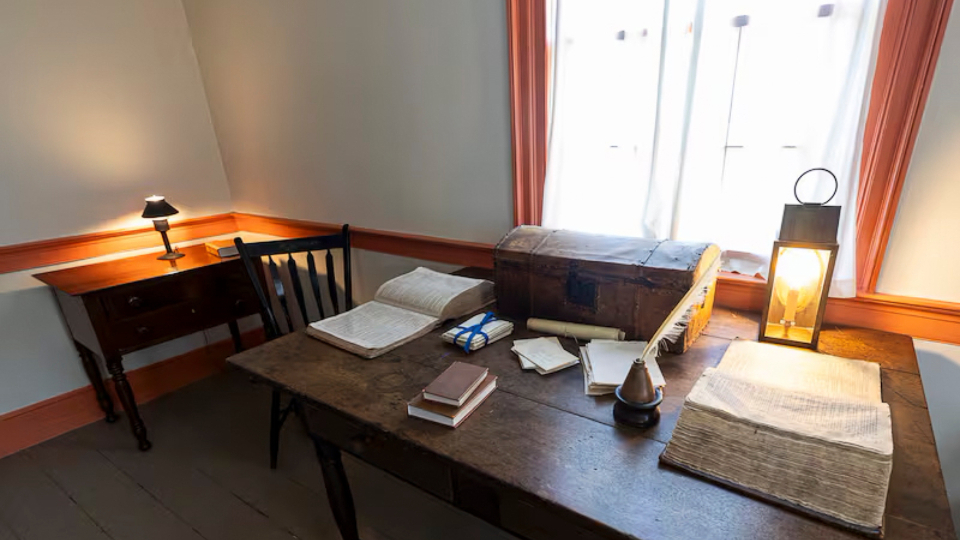
Historic-Sites-Guide-27.JPG
The room where revelations were received is pictured at the Historic John Johnson Farm in Hiram, Ohio, on Saturday, June 15, 2024. Photo by Isaac Hale, courtesy of Church News.Copyright 2024 Deseret News Publishing Company.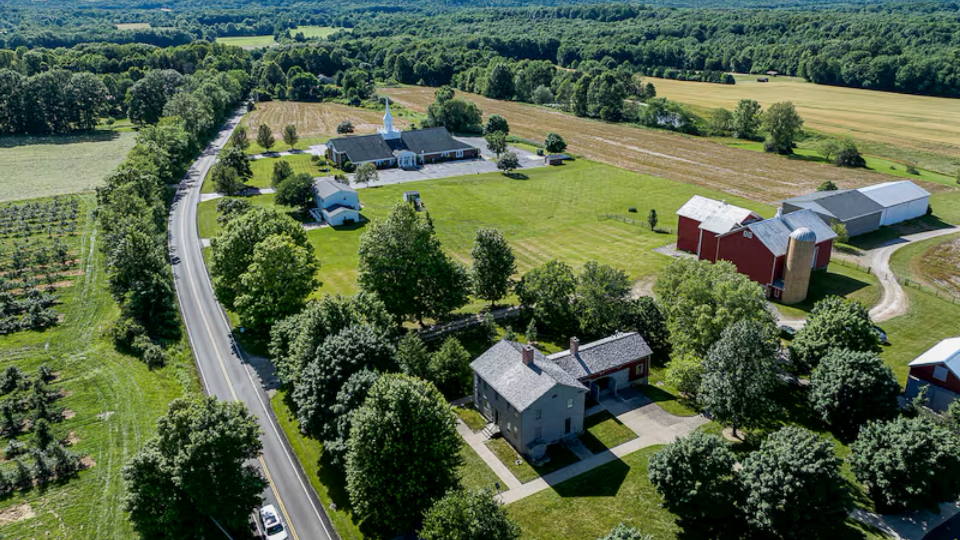
Historic-Sites-Guide-28.JPG
The Historic John Johnson Farm stands in Hiram, Ohio, on Saturday, June 15, 2024. Photo by Isaac Hale, courtesy of Church News.Copyright 2024 Deseret News Publishing Company.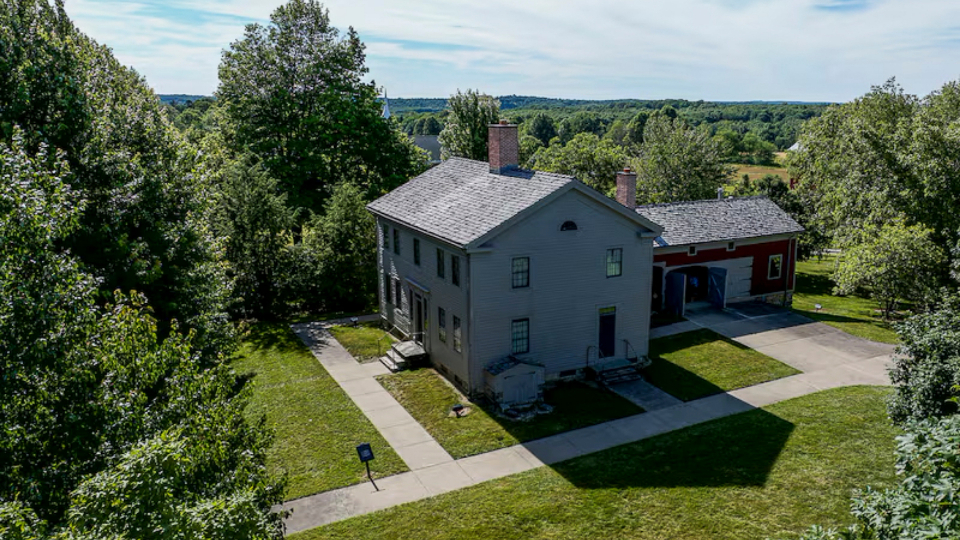
Historic-Sites-Guide-29.JPG
The Historic John Johnson Farm stands in Hiram, Ohio, on Saturday, June 15, 2024. Photo by Isaac Hale, courtesy of Church News.Copyright 2024 Deseret News Publishing Company.Missouri
In 1831, the Lord designated Independence, Jackson County, Missouri, as “the center place” of Zion (Doctrine and Covenants 57:3). Latter-day Saints gathered there in the early 1830s. They began to establish a new community and prepared to build temples, but their plans and growing population concerned others in the area who became violent and drove the Saints out of the county in 1833.
Church history sites to visit in Missouri include:
Independence Visitors’ Center: The visitors’ center features exhibits about Church history in Missouri.
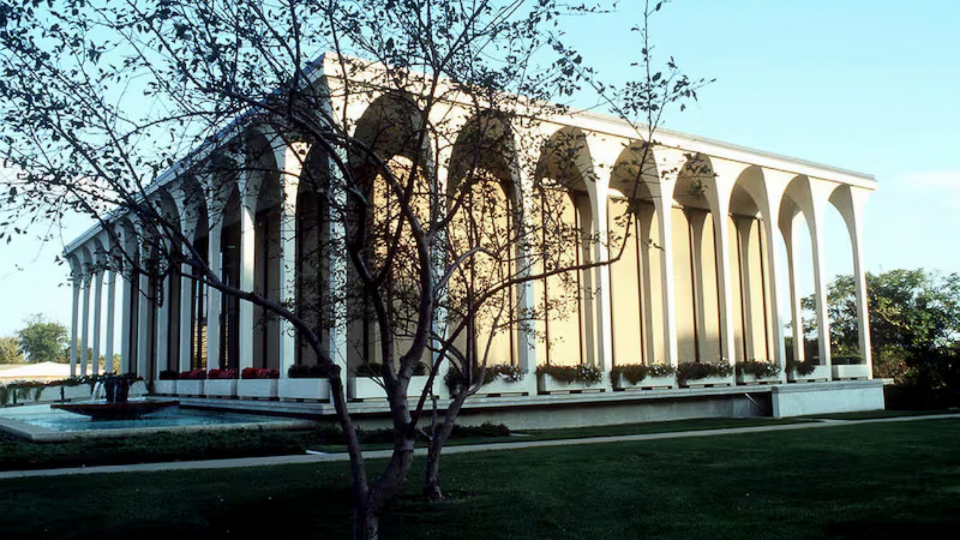
Historic-Sites-Guide-30.JPG
The Church's Visitors' Center at Independence, Jackson County, Missouri. Photo by Don Grayston, courtesy of Church News.Copyright 2024 Deseret News Publishing Company.Liberty Jail: This is where Joseph Smith and others were imprisoned from December 1838 to April 1839. While suffering under harsh winter conditions, the “Prophet received several revelations now recorded in the Doctrine and Covenants (see sections 121, 122, 123).
Today, a visitors’ center includes a reconstructed jail and exhibits depicting the experiences and spiritual insights gained during this period.
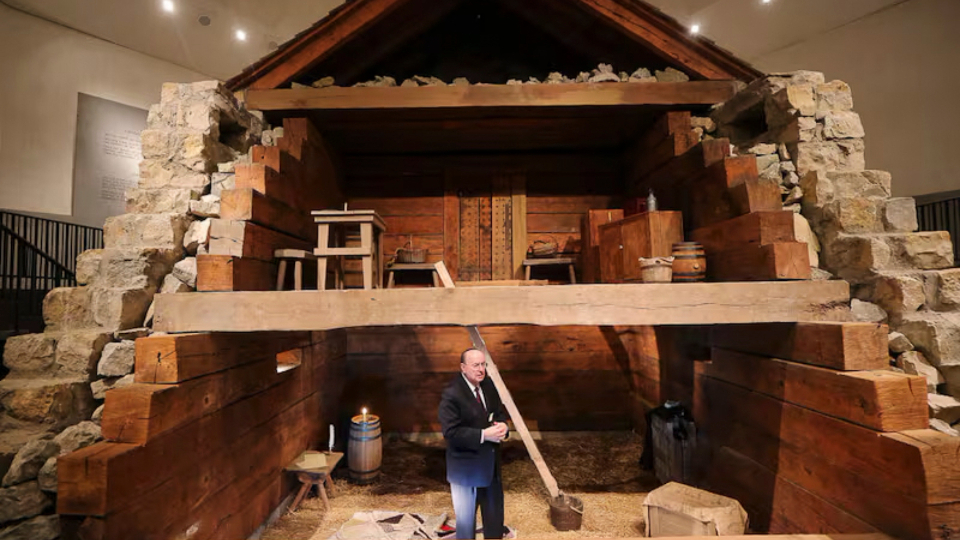
Historic-Sites-Guide-31.JPG
Elder Quentin L. Cook of the Quorum of the Twelve Apostles stands in the Historic Liberty Jail in Liberty, Missouri, on Friday, May 28, 2021. Photo by Jeffrey D. Allred, courtesy of Church News.Copyright 2024 Deseret News Publishing Company.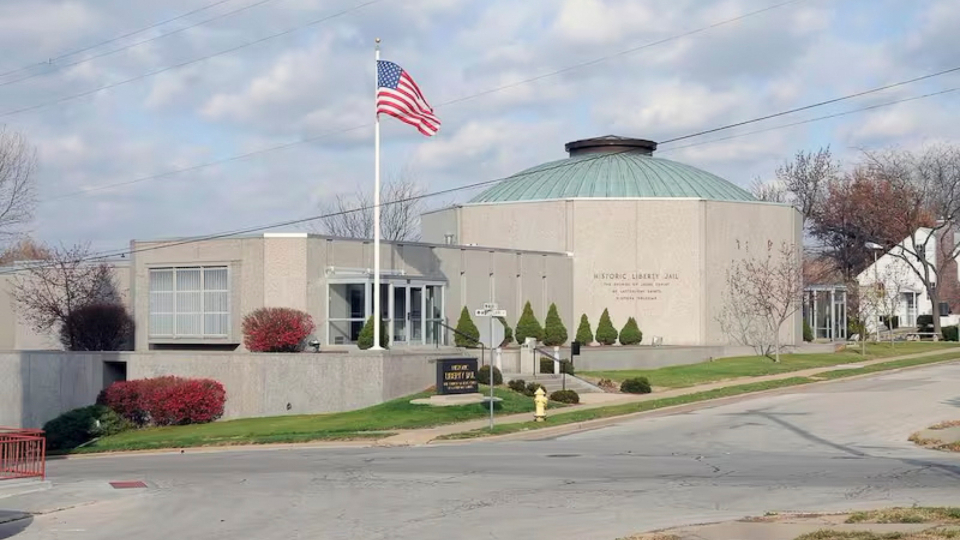
Historic-Sites-Guide-32.JPG
The Liberty Jail historic site in Liberty, Missouri. Photo by Kenneth Mays, courtesy of Church News.All rights reserved.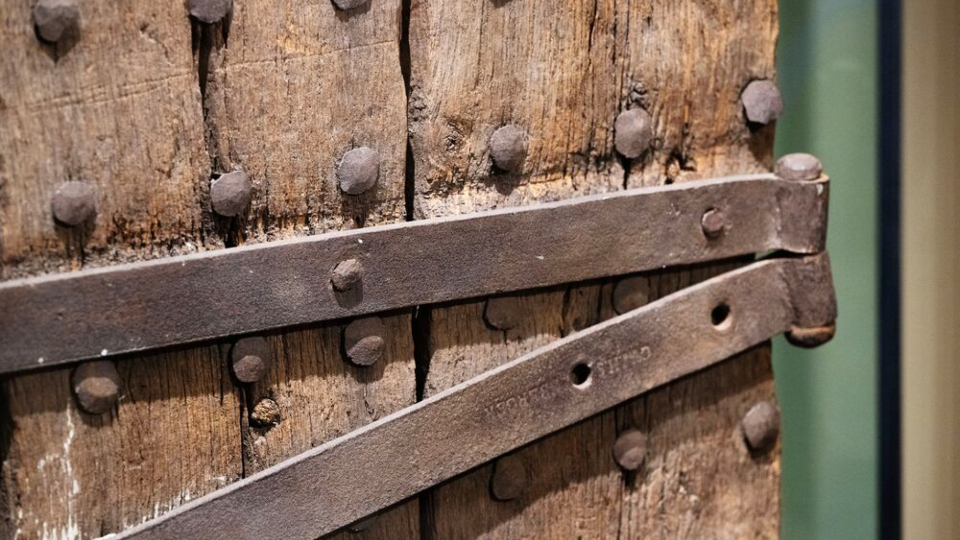
Historic-Sites-Guide-33.JPG
A section of the Liberty Jail door, seen at the Church History Museum in Salt Lake City on Monday, March 25, 2024. Photo by Scott G Winterton, courtesy of Church News.Copyright 2024 Deseret News Publishing Company.Hawn’s Mill: In 1838, a mob attacked this frontier settlement in Caldwell County, Missouri, and killed 17 Latter-day Saints. The Church owns the land where the attack occurred.
Far West temple site: Located several miles northwest of Kingston, Missouri, this site, surrounded by farmland, was once a gathering place for nearly 5,000 Latter-day Saints. Before being forced to leave, Joseph Smith and others laid four cornerstones of a temple that was not completed. Far West is where the Lord revealed the full name of the Church (see Doctrine and Covenants 115:4) and established the law of tithing (see Doctrine and Covenants 119). Members of the Quorum of the Twelve Apostles and others returned and dedicated the temple site before leaving on a mission (see Doctrine and Covenants 115:11 and 118:5).
Monument markers identify the historic spots of the four temple cornerstones, and the temple site is preserved by the Church.
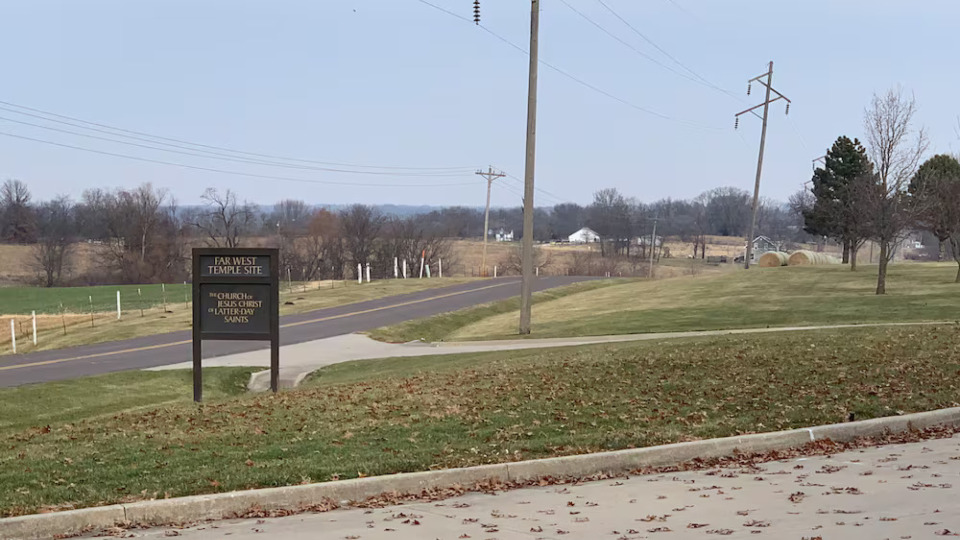
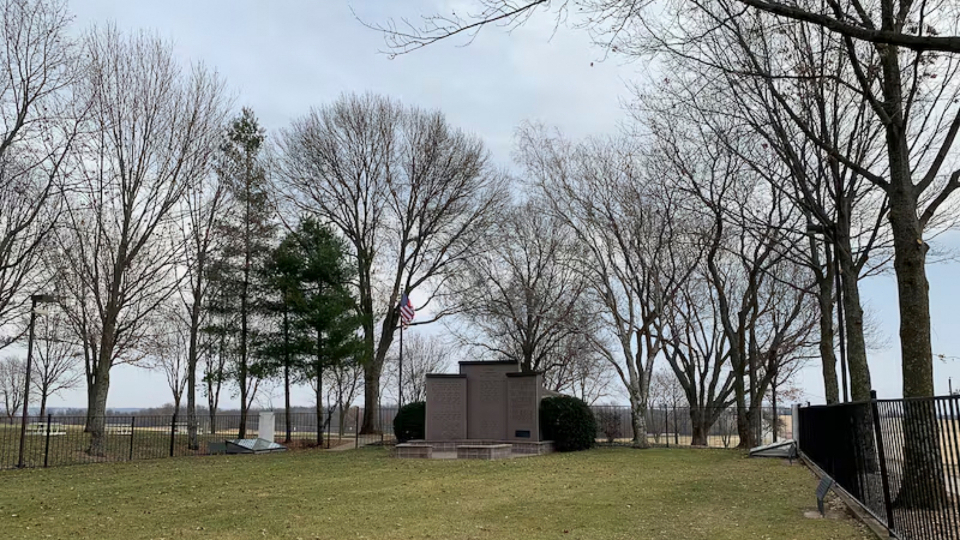
Historic-Sites-Guide-35.JPG
The Far West Temple Site, located several miles northwest of Kingston, Missouri, is where Latter-day Saints began to build a temple in July 1838. This photo was taken on December 11, 2020. Photo by Trent Toone, courtesy of Church News.Copyright 2024 Deseret News Publishing Company.Adam-ondi-Ahman: Originally called Spring Hill, Adam-ondi-Ahman (Doctrine and Covenants 116) was a short-lived Latter-day Saint settlement in Daviess County, Missouri, in 1838. An 1835 revelation (Doctrine and Covenants 107:53-57) identified the valley as the place where Adam blessed his posterity after leaving the Garden of Eden.
Today Adam-ondi-Ahman, located a few miles south of Jameson, Missouri, is maintained by the Church with beautiful landscapes and trails available for visitors who wish to visit.
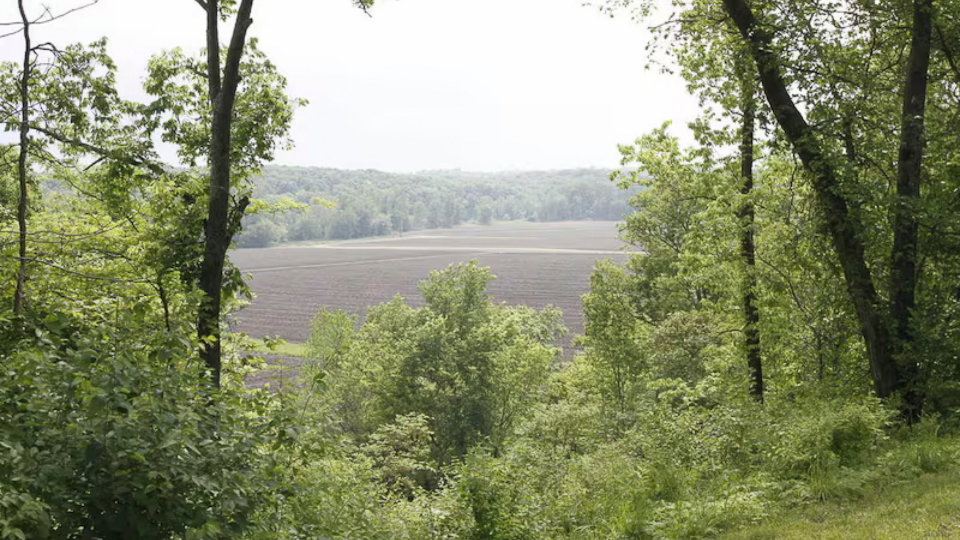
Historic-Sites-Guide-36.JPG
A view in Adam-ondi-Ahman where, in 1838, Joseph Smith founded a city named in tribute to Adam, the patriarch of the human race. Photo by Gerry Avant, courtesy of Church News.All rights reserved.Illinois
After their expulsion from Missouri, the Saints gathered in a swampy area by the Mississippi River and turned it into a beautiful city called Nauvoo. In Doctrine and Covenants 124:2, the Savior called upon the people of Nauvoo to become a “cornerstone of Zion.” At one point it was home to more than 10,000 residents, and a temple was built on a prominent hill. After Joseph and Hyrum Smith were killed in 1844, most of the Saints left Nauvoo and followed Brigham Young west to the Rocky Mountains.
Historic Nauvoo: In addition to seeing the rebuilt Nauvoo Illinois Temple, the Church has re-created historic homes and buildings to give visitors a glimpse into the lives of early Latter-day Saints. There are cultural performances, tours, and pioneer games and activities, including wagon rides. The Nauvoo Visitors’ Center features exhibits, films and interactive displays.
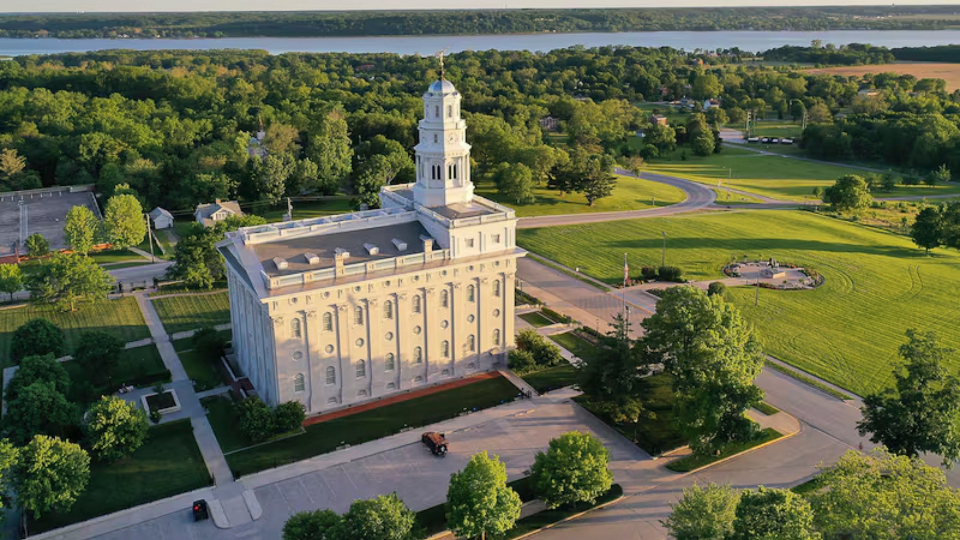
Historic-Sites-Guide-37.JPG
The Nauvoo Illinois Temple in Nauvoo, Illinois, on Saturday, May 29, 2021. Photo by Jeffrey D. Allred, courtesy of Church News.Copyright 2024 Deseret News Publishing Company.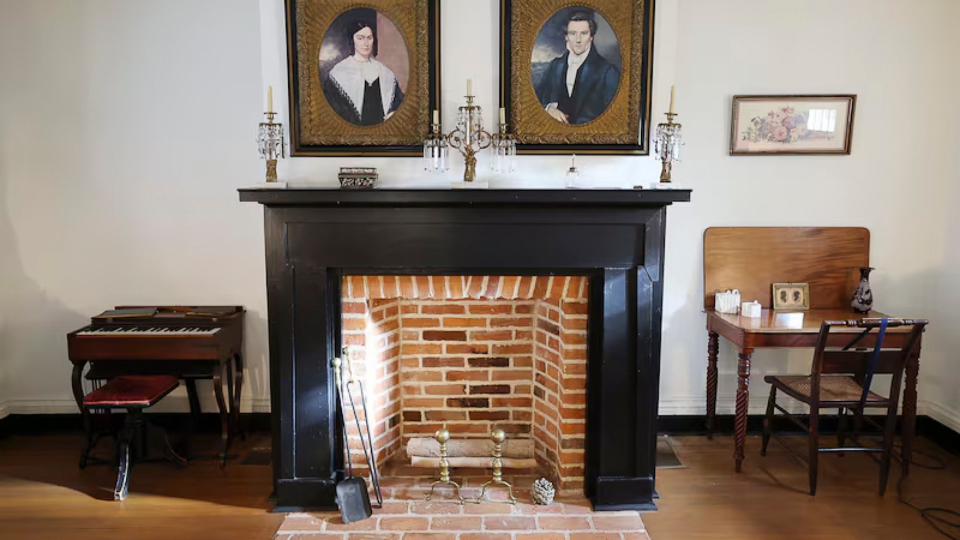
Historic-Sites-Guide-38.JPG
Joseph and Emma Smith Mansion House front room in Nauvoo, Illinois, on Wednesday, March 27, 2024. Photo by Jeffrey D. Allred, courtesy of Church News.Copyright 2024 Deseret News Publishing Company.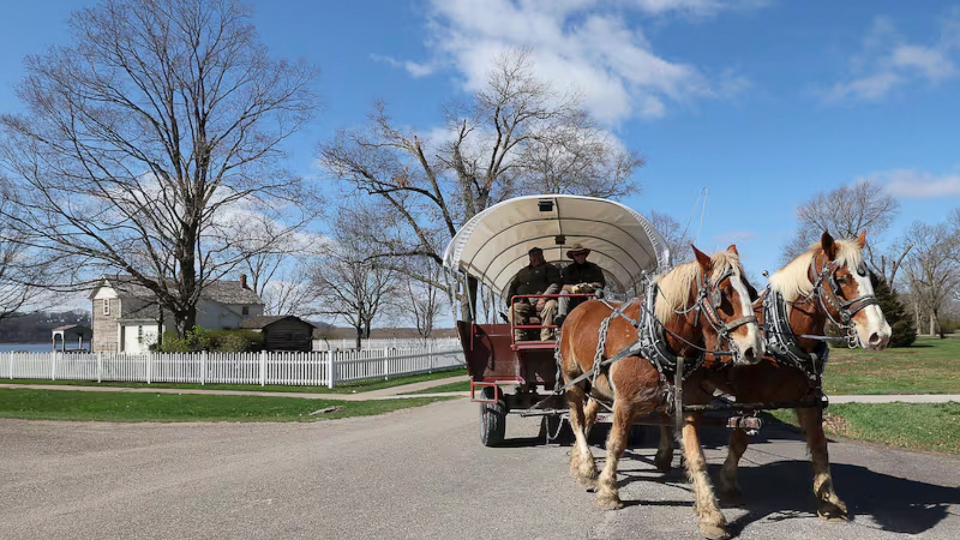
Historic-Sites-Guide-39.JPG
Wagon rides are given in Nauvoo, Illinois, on Wednesday, March 27, 2024. Photo by Jeffrey D. Allred, courtesy of Church News.Copyright 2024 Deseret News Publishing Company.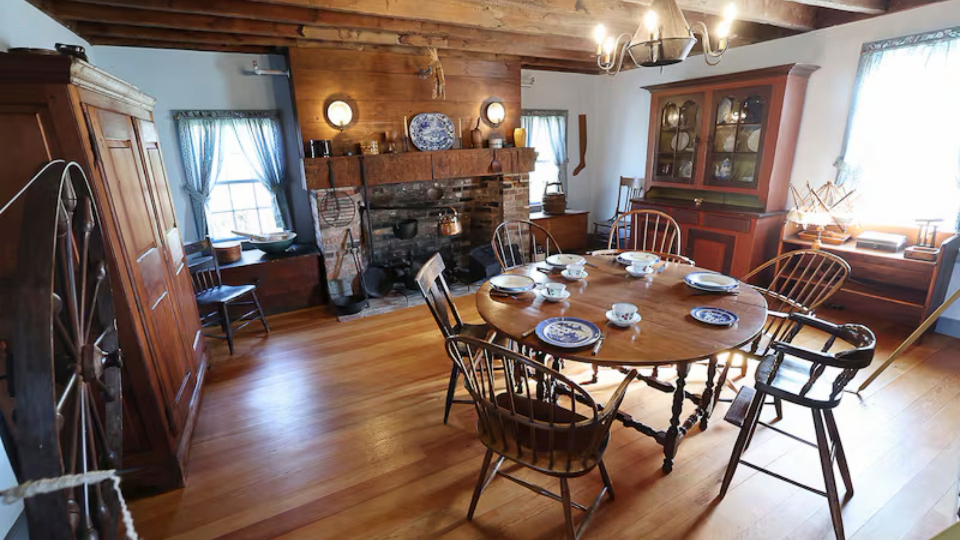
Historic-Sites-Guide-40.JPG
The Smith Family Homestead in Nauvoo, Illinois, on Wednesday, March 27, 2024. Photo by Jeffrey D. Allred, courtesy of Church News.Copyright 2024 Deseret News Publishing Company.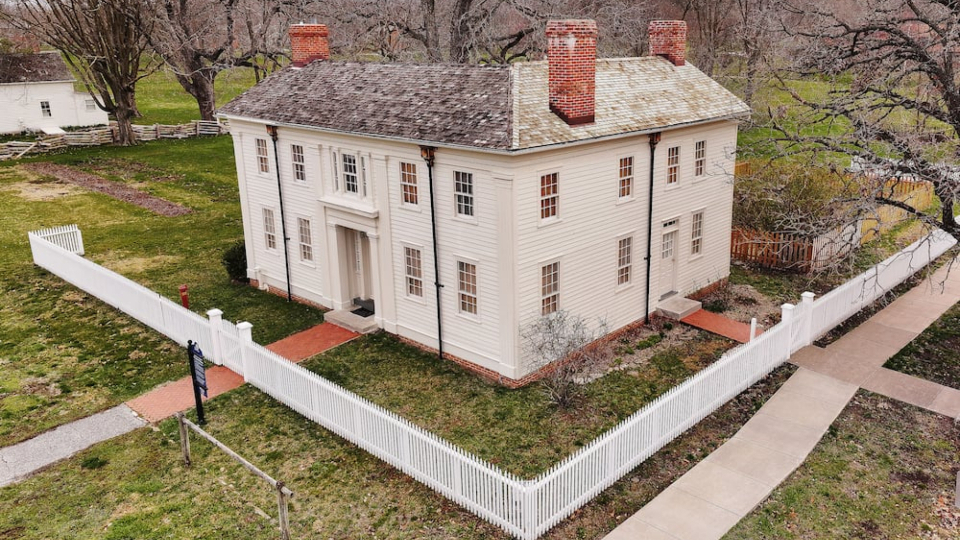
Historic-Sites-Guide-41.JPG
Joseph and Emma Smith Mansion House in Nauvoo, Illinois, on Wednesday, March 27, 2024. Photo by Jeffrey D. Allred, courtesy of Church News.Copyright 2024 Deseret News Publishing Company.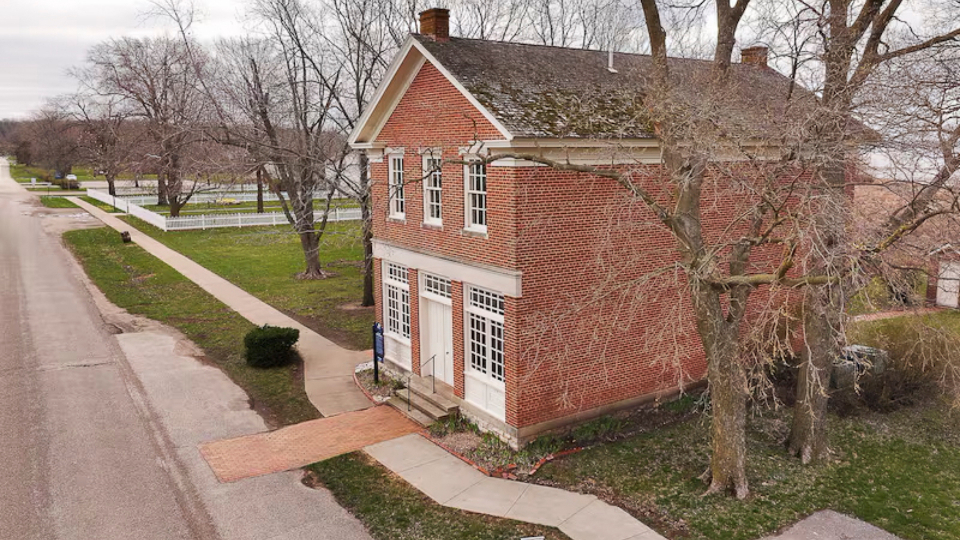
Historic-Sites-Guide-42.JPG
The Red Brick Store in Nauvoo, Illinois, on Wednesday, March 27, 2024. Photo by Jeffrey D. Allred, courtesy of Church News.Copyright 2024 Deseret News Publishing Company.Carthage Jail: This historic site is a 30-minute drive east of Nauvoo. Carthage Jail is where Joseph and Hyrum Smith were killed by a mob on June 27, 1844. Daily tours of the jail are available.
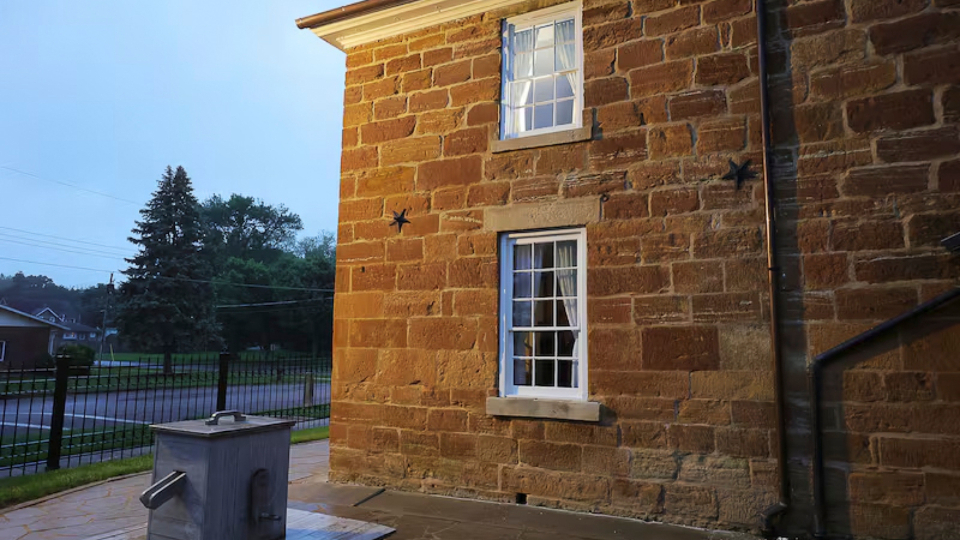
Historic-Sites-Guide-43.JPG
The Historic Carthage Jail in Carthage, Illinois, on Friday, May 28, 2021. Photo by Jeffrey D. Allred, courtesy of Church News.Copyright 2024 Deseret News Publishing Company.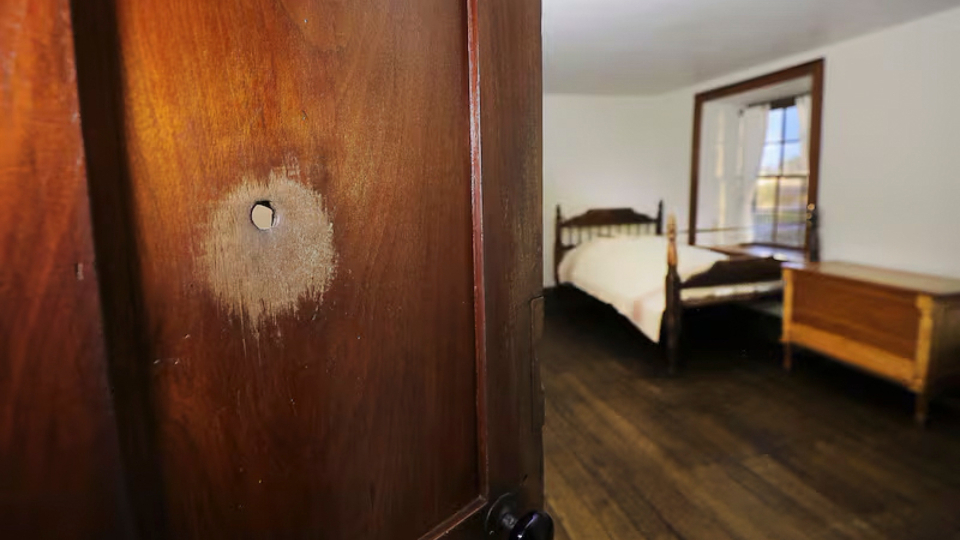
Historic-Sites-Guide-44.JPG
The Historic Carthage Jail and jailers room where Jospeh Smith was shot and killed in Carthage, Illinois, on Friday, May 28, 2021. Photo by Jeffrey D. Allred, courtesy of Church News.Copyright 2024 Deseret News Publishing Company.
Historic-Sites-Guide-45.JPG
A statue of brothers Joseph and Hyrum Smith is pictured outside the Historic Carthage Jail in Carthage, Illinois, on March 26, 2024. Photo by Trent Toone, courtesy of Church News.Copyright 2024 Deseret News Publishing Company.Iowa and Nebraska
After leaving Nauvoo, Illinois, Latter-day Saint pioneers had temporary stops in Iowa and Nebraska before going on to Utah.
The Kanesville Memorial, near present-day Council Bluffs, Iowa, commemorates a key settlement in Iowa as a place of rest, preparation, organization and ministering for pioneers between 1847 and 1852. The Church dedicated a newly completed Kanesville Memorial Historic Site on September 28.
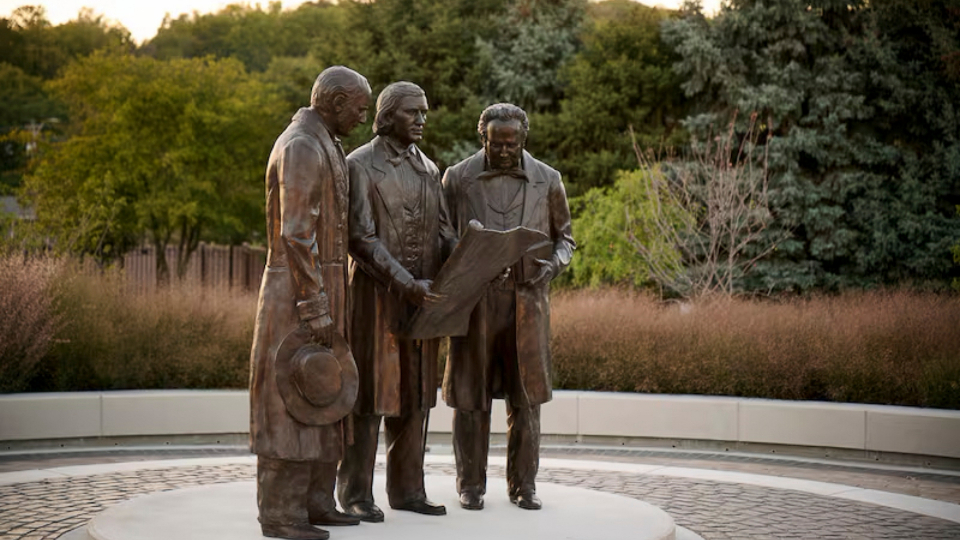
Historic-Sites-Guide-46.JPG
A statue of Brigham Young and his counselors, Heber C. Kimball and Willard Richards, at the Kanesville Memorial Historic Site in Council Bluffs, Iowa. The statue is part of the memorial completed at the historic site which was dedicated by Elder Kyle S. McKay on September 28, 2024.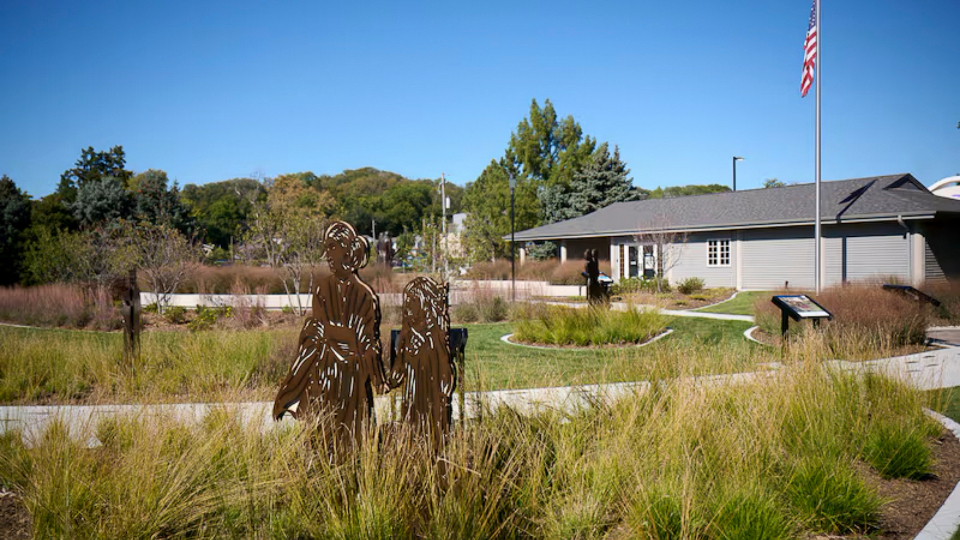
Historic-Sites-Guide-47.JPG
Statues and markers honoring pioneer women are part of the newly dedicated Kanesville Memorial Historic Site in Council Bluff, Iowa. The site was dedicated by Church Historian and Recorder Elder Kyle S. McKay on September 28, 2024.The Mount Pisgah Monument, near the town of Thayer, Iowa, commemorates the Latter-day Saints who died at the temporary settlement along the pioneer trail. Thousands lived or stopped there on their way west, and the cemetery is the final resting place of as many as 150 pioneers who lived there between 1846 and 1852.
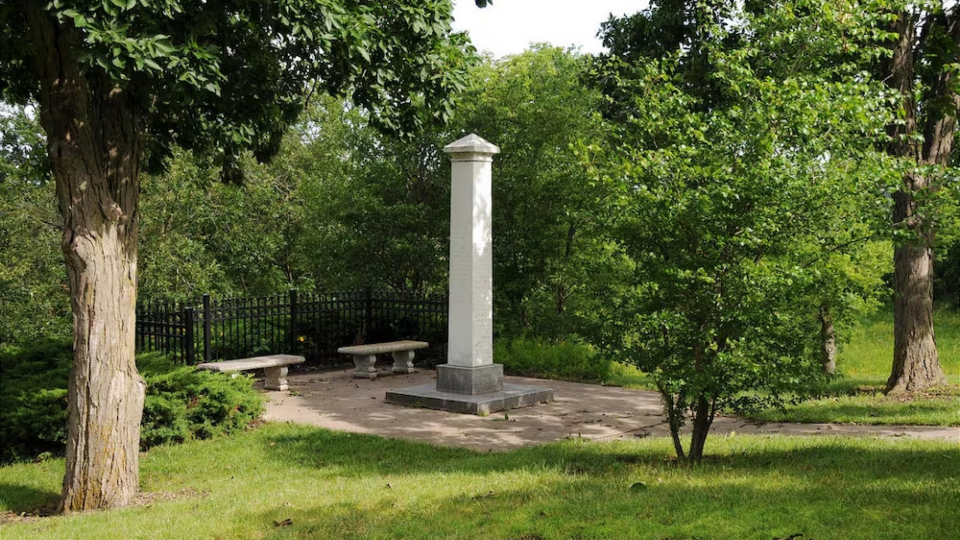
Historic-Sites-Guide-48.jpg
Mount Pisgah, Union County, Iowa, was a camp site as well as a temporary settlement for Latter-day Saints traveling west on their way to the Salt Lake Valley. Photo by Kenneth Mays, courtesy of Church News.All rights reserved.The Mormon Trail Center at Winter Quarters, located in Omaha, Nebraska, is a visitors’ center situated on the historic location of Winter Quarters, another temporary Latter-day Saint settlement during the western migration of the Latter-day Saints. Next to the visitors’ center is a pioneer cemetery and the Winter Quarters Nebraska Temple. While there, Brigham Young received a revelation that became Doctrine and Covenants 136.
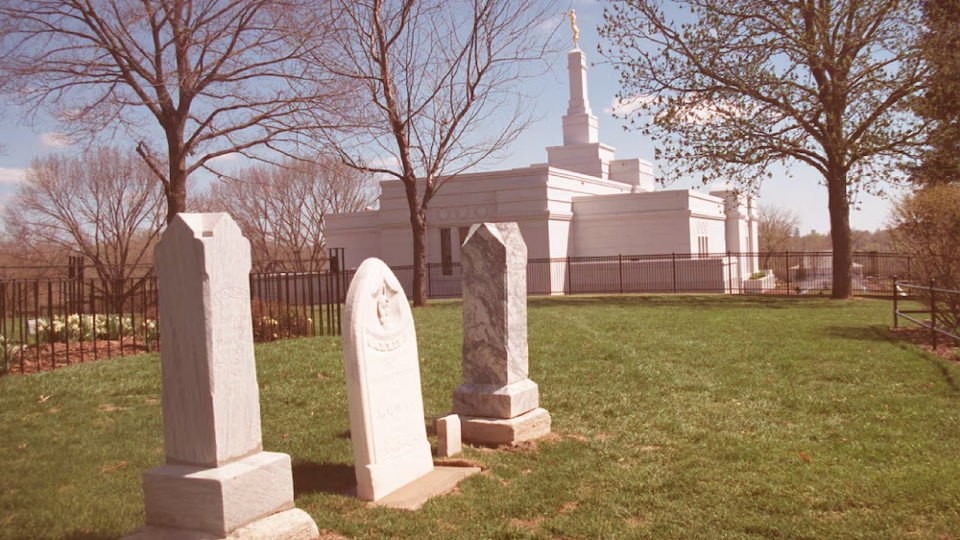
Historic-Sites-Guide-49.jpg
The Winter Quarters Nebraska Temple was built adjacent to a pioneer-era cemetery and the Mormon Trail Center.Utah
Situated at the corner of South Temple and State streets in downtown Salt Lake City, the three-story Beehive House was the official residence of three Church Presidents — Brigham Young, Lorenzo Snow and Joseph F. Smith. The home, built in 1854, gets its name from Utah’s affinity for the symbol of beehives.
Shortly before his death, President Smith was in the home when he received the vision of the redemption of the dead on October 3, 1918, which is now recorded in Doctrine and Covenants 138.
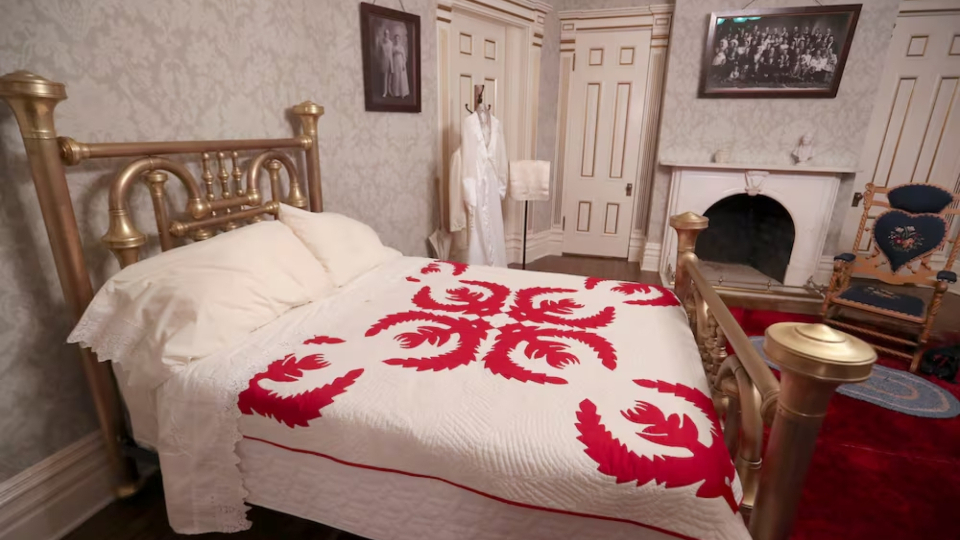
Historic-Sites-Guide-50.jpg
A bedroom that has been refurbished to reflect Joseph F. Smith's bedroom in 1918 is photographed in the Beehive House in Salt Lake City on Wednesday, September 22, 2021. Photo by Laura Seitz, courtesy of Church News.Copyright 2024 Deseret News Publishing Company.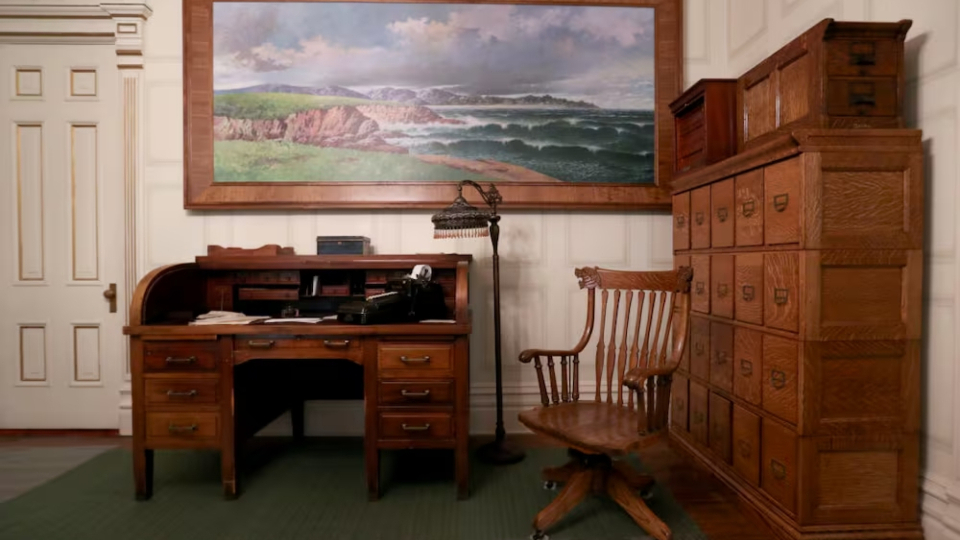
Historic-Sites-Guide-51.jpg
An office that has been refurbished to reflect Joseph F. Smith's office from 1918 is photographed in the Beehive House in Salt Lake City on Wednesday, September 22, 2021. Photo by Laura Seitz, courtesy of Church News.Copyright 2024 Deseret News Publishing Company.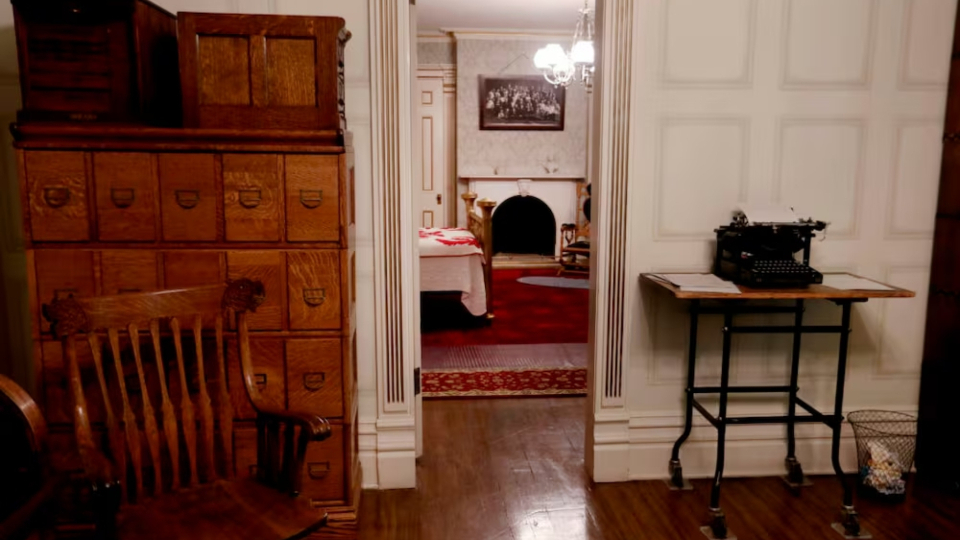
Historic-Sites-Guide-52.jpg
Two rooms that have been refurbished to reflect Joseph F. Smith's bedroom and office in 1918 are photographed in the Beehive House in Salt Lake City on Wednesday, September 22, 2021. Photo by Laura Seitz, courtesy of Church News.Copyright 2024 Deseret News Publishing Company.The home has been restored and is currently closed for renovation.
Other Notable Historic Sites
In Sharon, Vermont, a visitors’ center and 50-foot granite obelisk stand on the site to commemorate Joseph Smith’s birthplace. Joseph Smith Jr. was born there on December 23, 1805, to Lucy Mack Smith and Joseph Smith Sr.
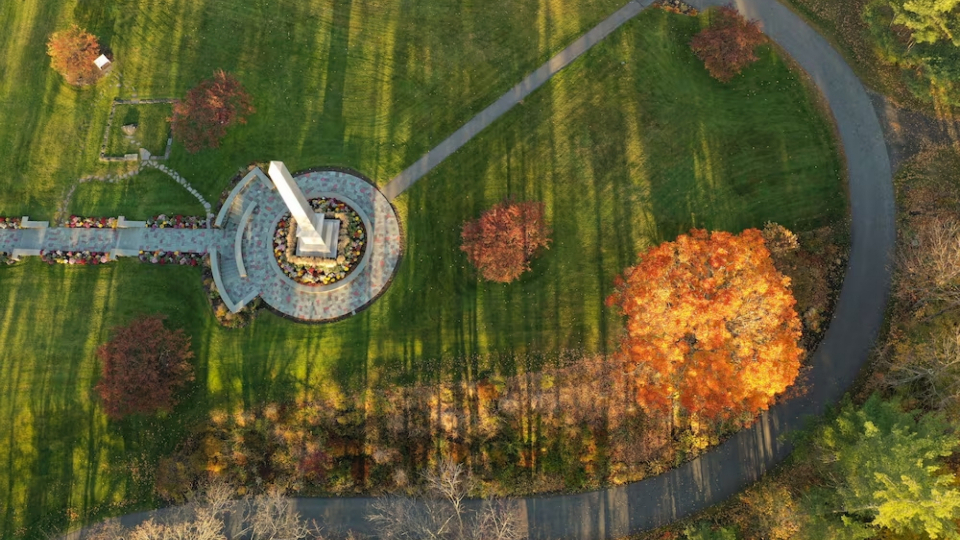
Historic-Sites-Guide-53.jpg
The Joseph Smith Birthplace Memorial in Sharon, Vermont, on Saturday, October 19, 2019. Photo by Jeffrey D. Allred, courtesy of Church News.Copyright 2024 Deseret News Publishing Company.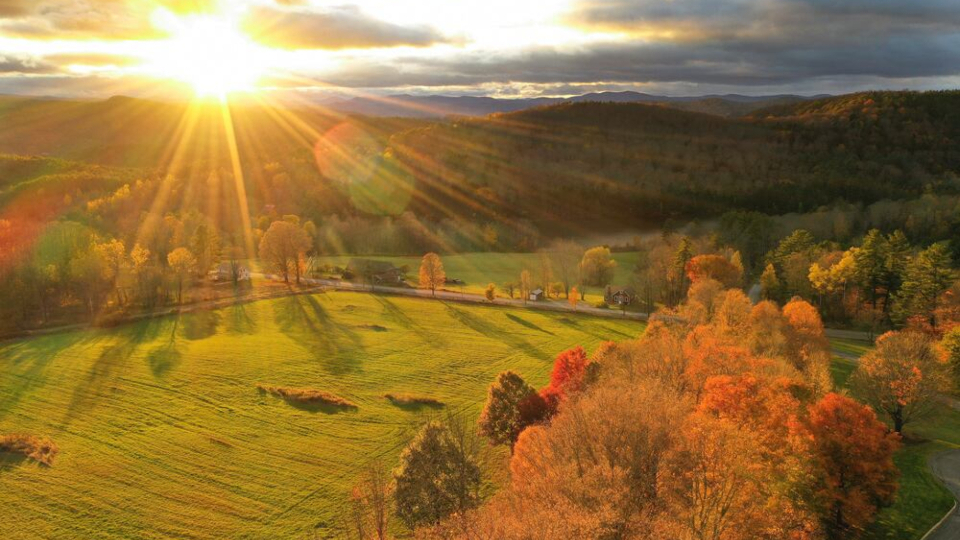
Historic-Sites-Guide-54.jpg
The sun sets at the Joseph Smith Birthplace Memorial in Sharon, Vermont, on October 18, 2019. Photo by Jeffrey D. Allred, courtesy of Church News.Copyright 2024 Deseret News Publishing Company.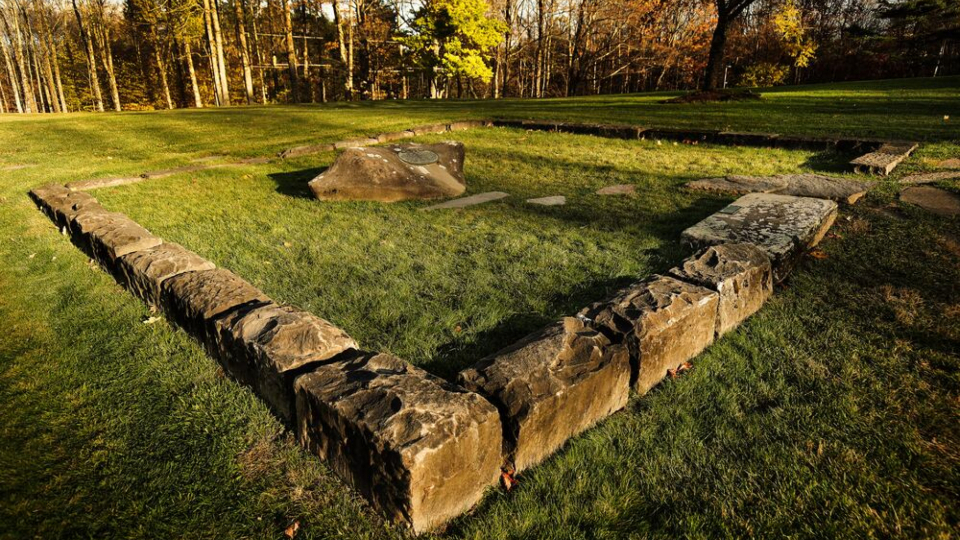
Historic-Sites-Guide-55.jpg
The Jospeh Smith Sr. cabin stones remains at the Joseph Smith Birthplace Memorial in Sharon, Vermont, on Saturday, October 19, 2019. Photo by Jeffrey D. Allred, courtesy of Church News.Copyright 2024 Deseret News Publishing Company.In Wyoming, Martin’s Cove, located about 55 miles southwest of Casper, is where the Martin handcart company and the Hunt and Hodgett wagon companies sheltered while awaiting rescue in the fall of 1856. The Martin’s Cove: Mormon Trail Site includes a visitors’ center with artwork, artifacts and exhibits about the rescue of the pioneers. Other notable sites in the area include Sixth Crossing and Rock Creek Hollow.
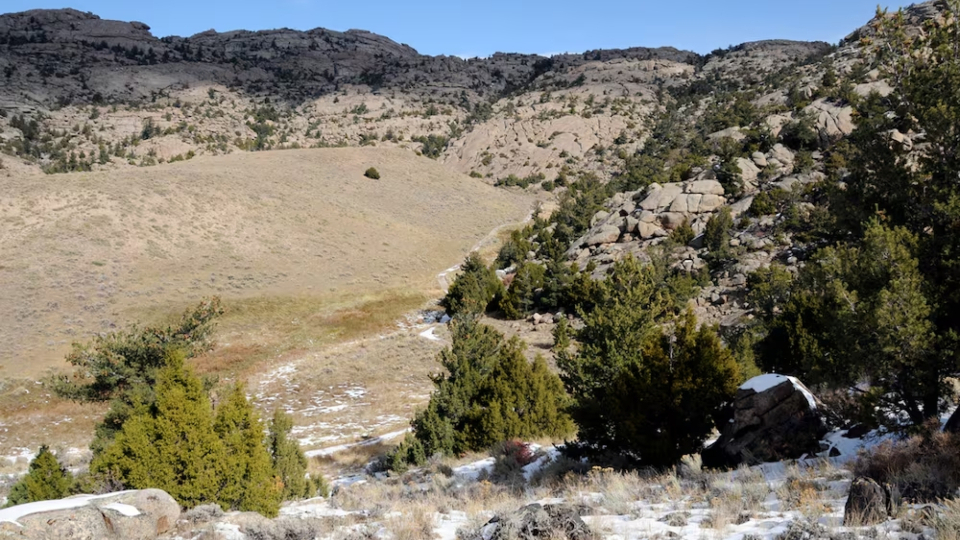
Historic-Sites-Guide-56.jpg
Martin's Cove, Wyoming, is where the Martin handcart company and the Hunt and Hodgett wagon companies sheltered while awaiting rescue in the fall of 1856. Photo by Kenneth Mays, courtesy of Church News.All rights reserved.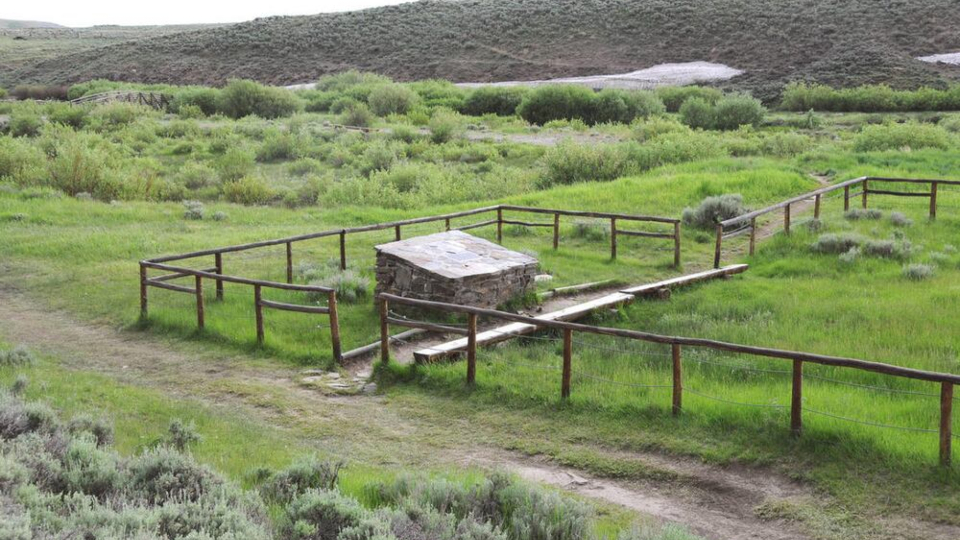
Historic-Sites-Guide-57.jpg
Rock Creek Hollow in Wyoming is one of the historic places associated with the 1856 handcart company led by James Willie. It was there that those pioneers rested after traveling through a blizzard over Rocky Ridge, one of the highest points on the trail. Photo by Kenneth Mays, courtesy of Church News.All rights reserved.Cove Fort is located halfway between Beaver and Fillmore in south-central Utah. The fort served as an important way station for travelers, the Pony Express and telegraph lines from 1867 to the early 1880s. The Ira Hinckley family provided food and lodging for visitors at the fort. Today the historic site is operated by the Church and open for tours.
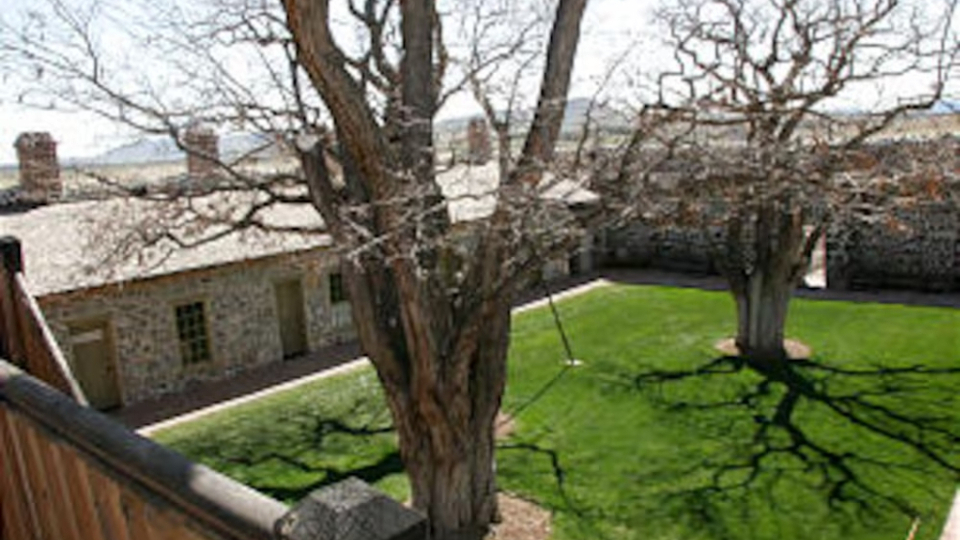
Historic-Sites-Guide-58.jpg
View of the courtyard located inside Cove Fort's four walls. Photo by Jason Swensen, courtesy of Church News.Copyright 2024 Deseret News Publishing Company.There are several Church history sites to visit in the area of St. George, Utah, including the St. George Tabernacle, the Brigham Young Winter Home and Office, the Hamblin Home and the Pine Valley Chapel.
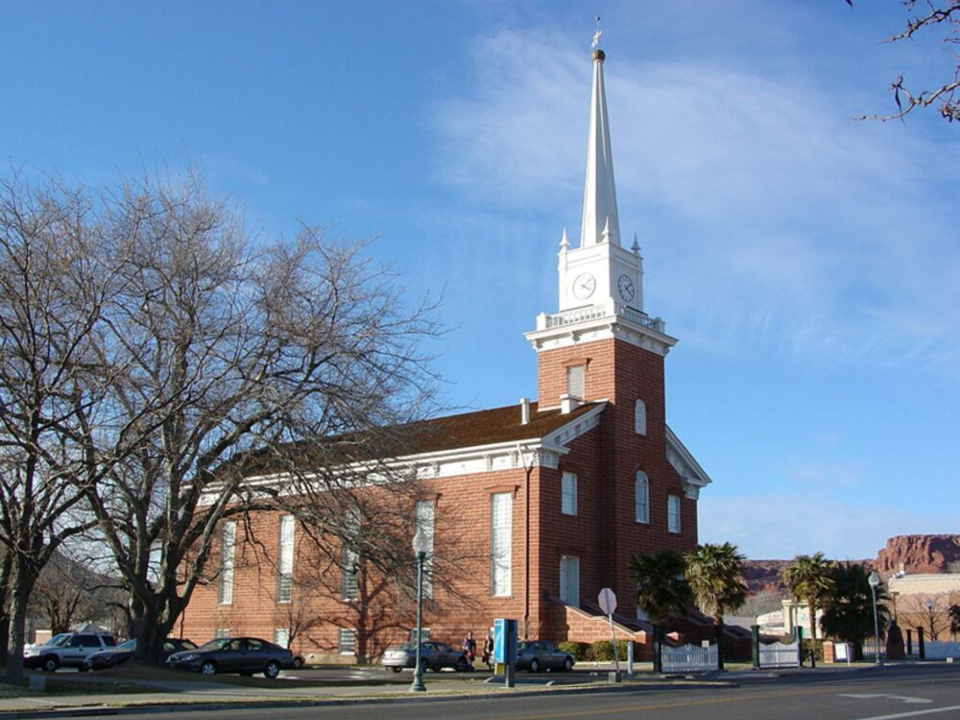
Historic-Sites-Guide-59.jpg
The St. George Tabernacle where President Lorenzo Snow received and declared his "Windows of Heaven" revelation. Photo by Kenneth Mays, courtesy of Church News.All rights reserved.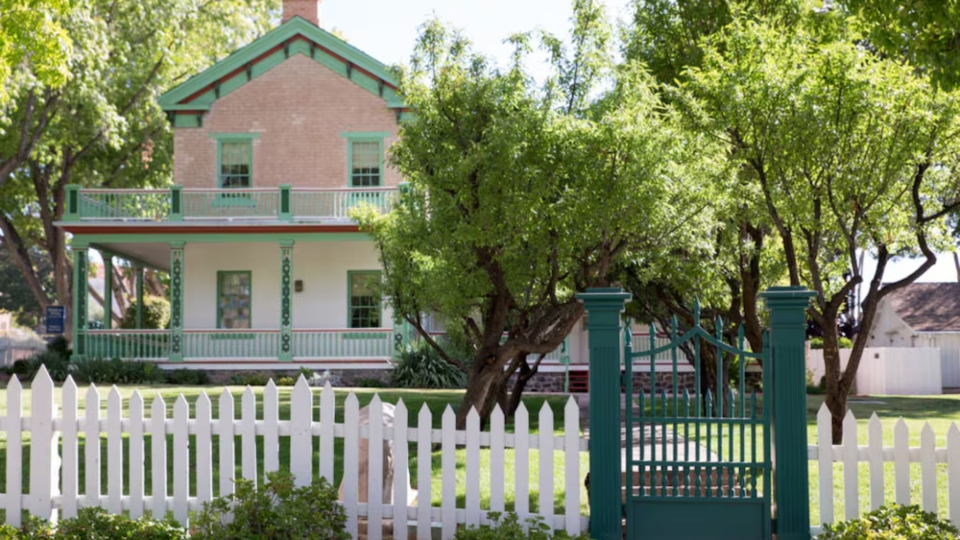
Historic-Sites-Guide-60.jpg
The exterior of the Brigham Young Winter Home and Office in St. George, Utah.2025 by Intellectual Reserve, Inc. All rights reserved.In San Diego, California, visitors can learn about the story of the Mormon Battalion at the Mormon Battalion Historic Site at San Diego. The Mormon Battalion Center features an interactive video tour, historical artifacts and demonstrations on gold panning and brickmaking.
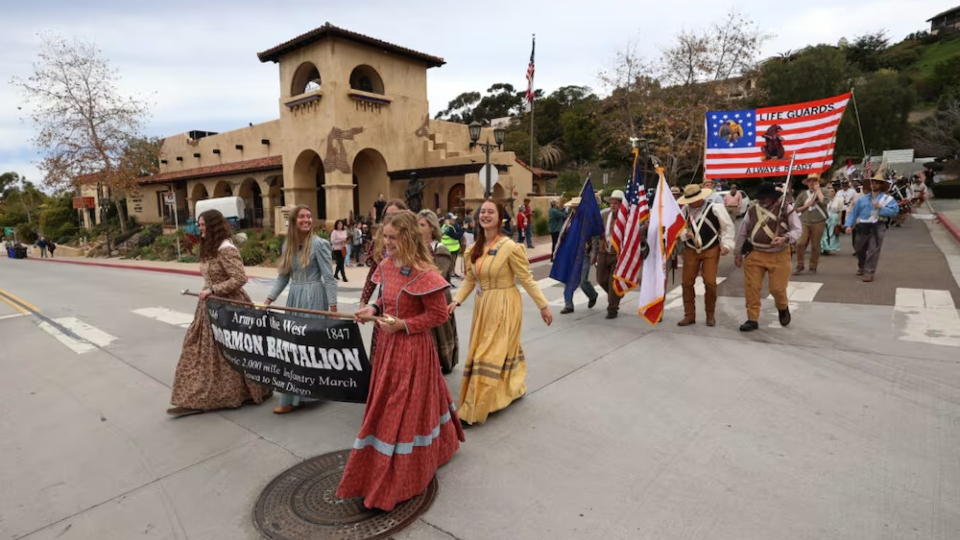
Historic-Sites-Guide-61.jpg
Sister missionaries carry a banner as Members of the battalion march in the street as they take part in the Mormon Battalion celebration in Old Town San Diego on Saturday, January 29, 2022. Elder D. Todd Christofferson, of the Quorum of the Twelve Apostles of The Church of Jesus Christ of Latter-day Saints, joined in the festivities. Photo by Scott G Winterton, courtesy of Church News.Copyright 2024 Deseret News Publishing Company.Learn more about the Church’s historic sites at history.ChurchofJesusChrist.org.
Copyright 2024 Deseret News Publishing Company.